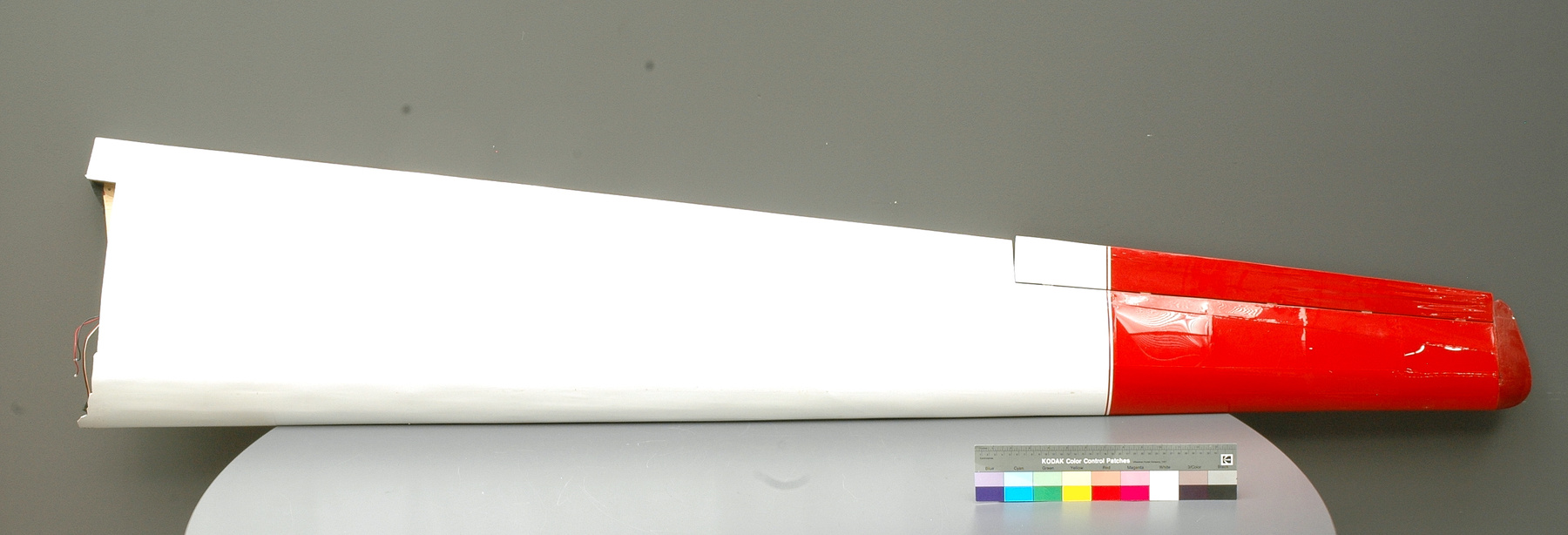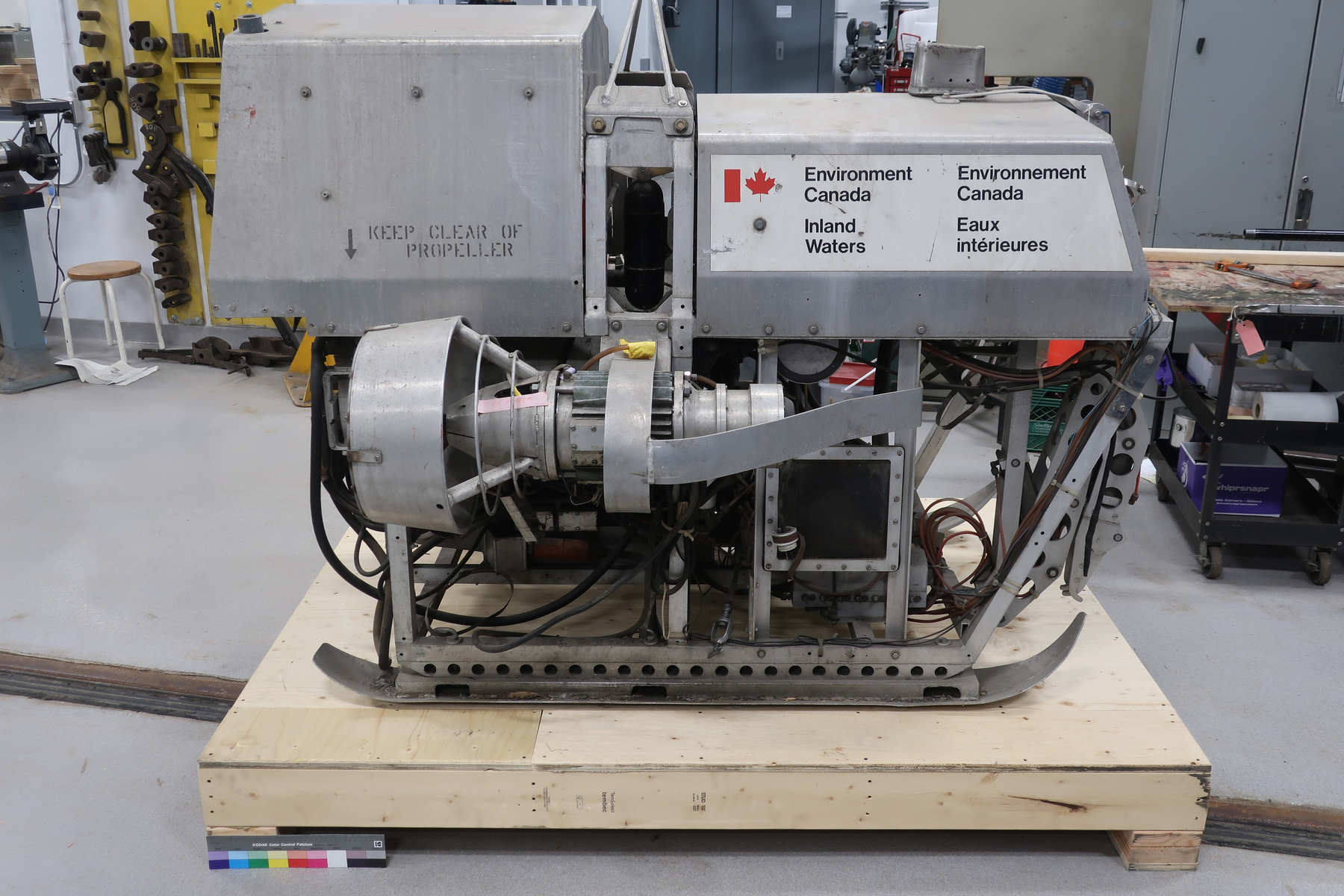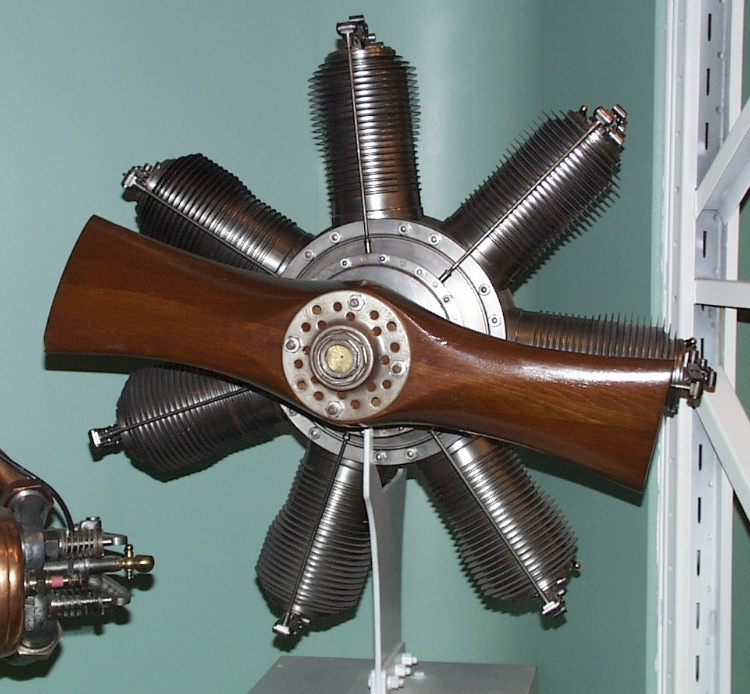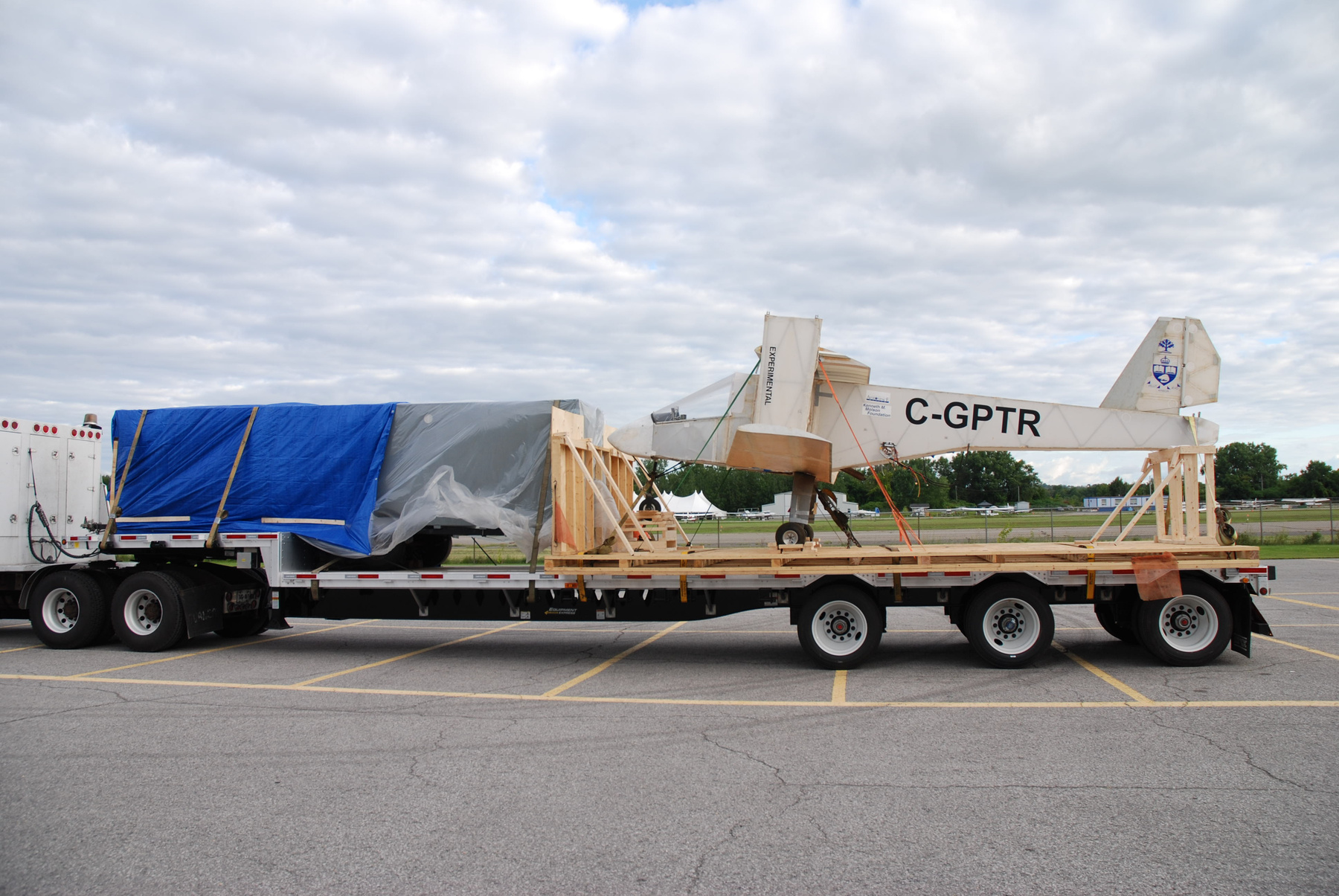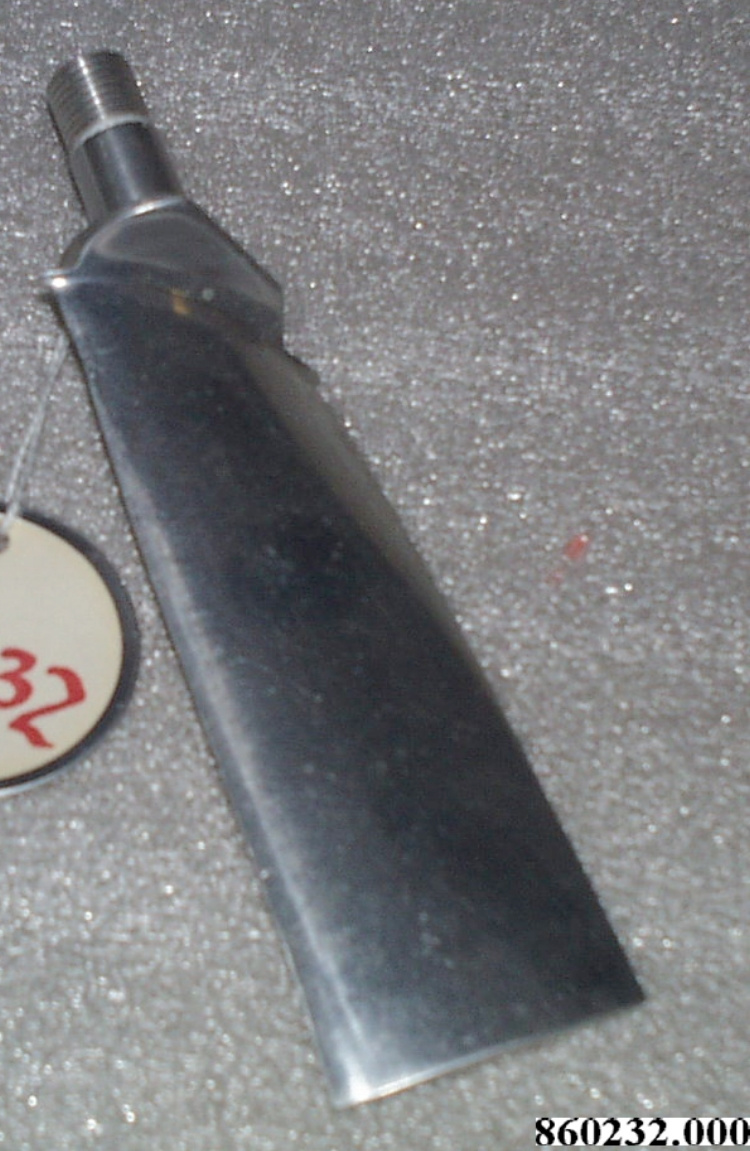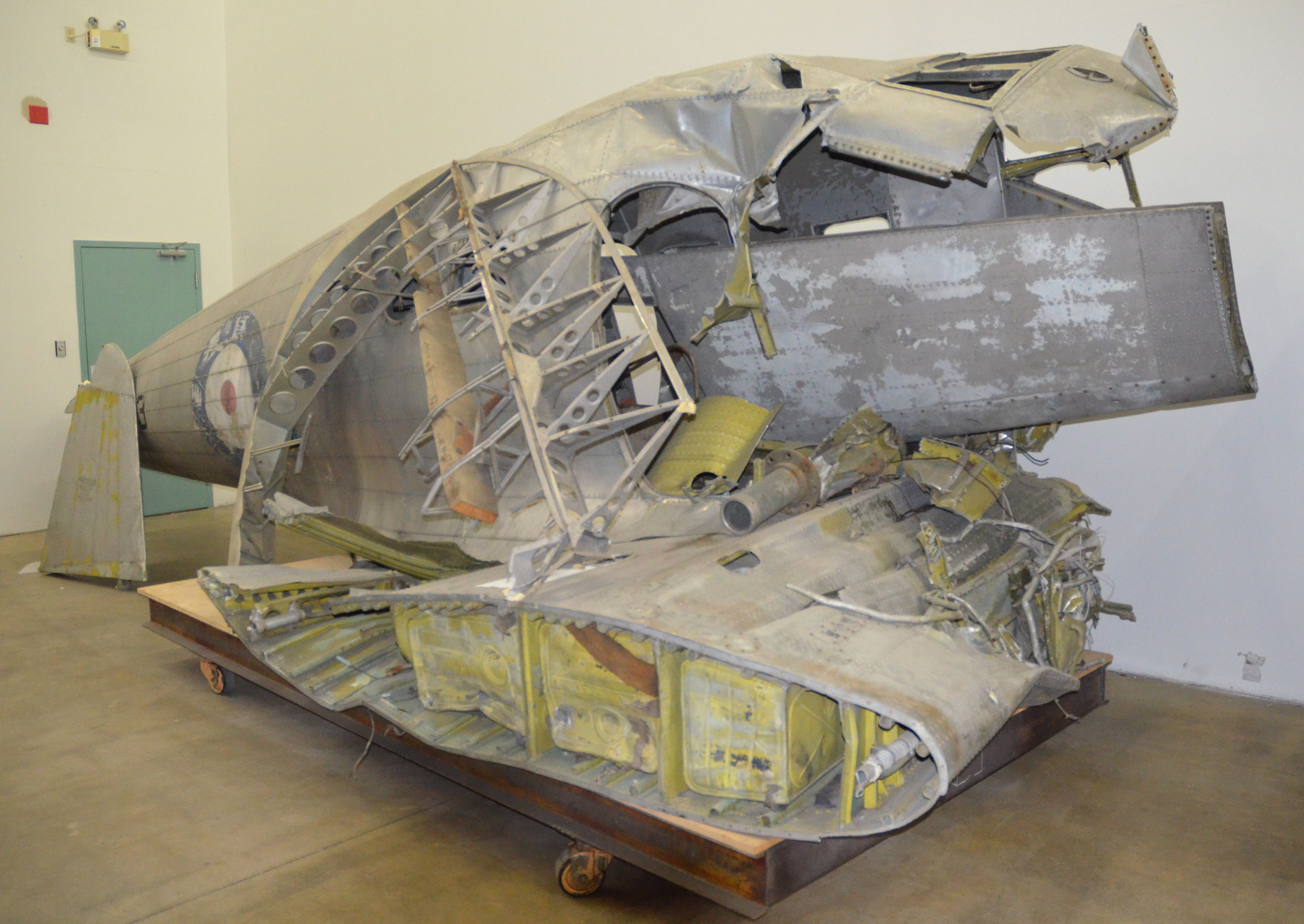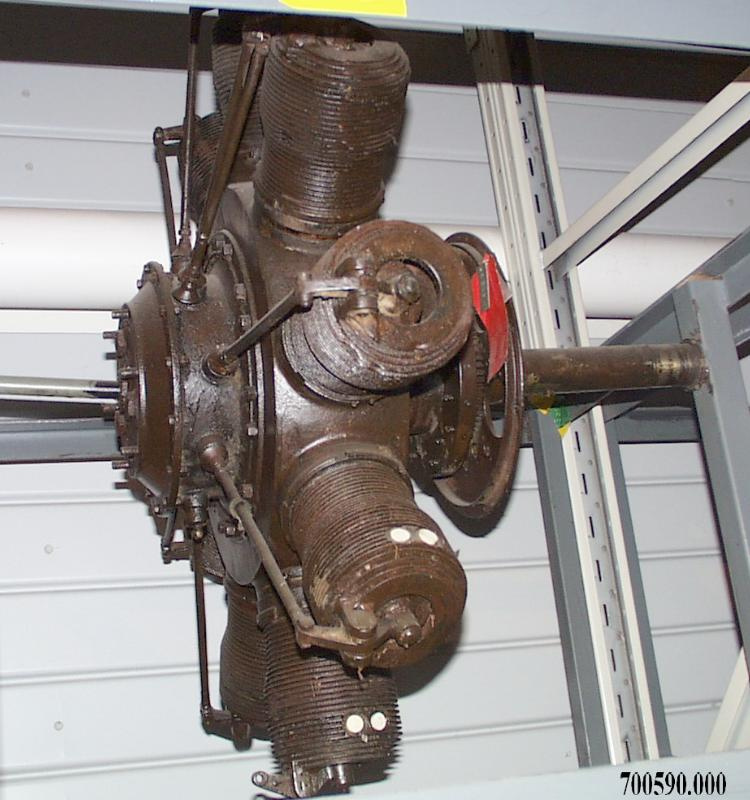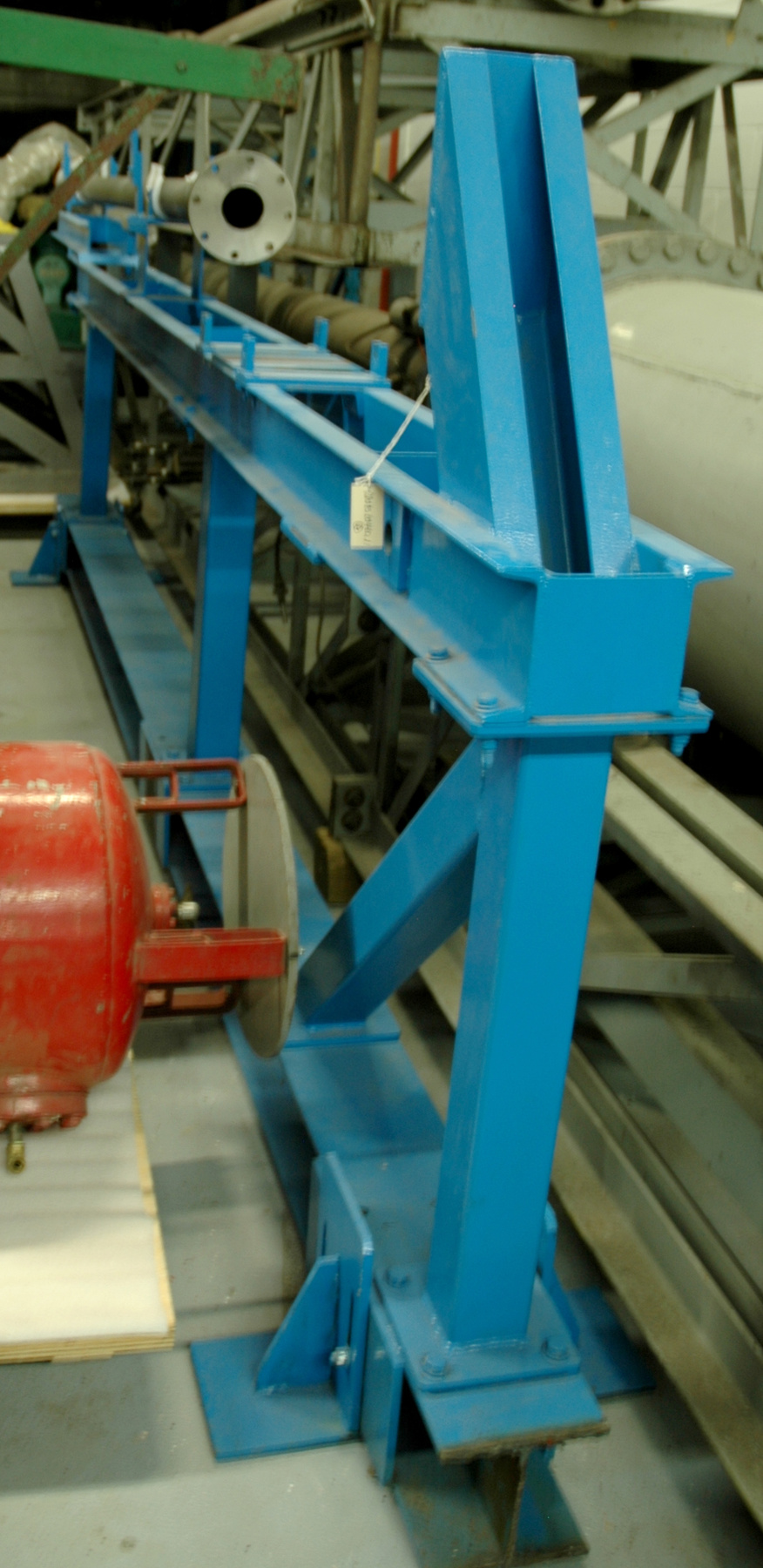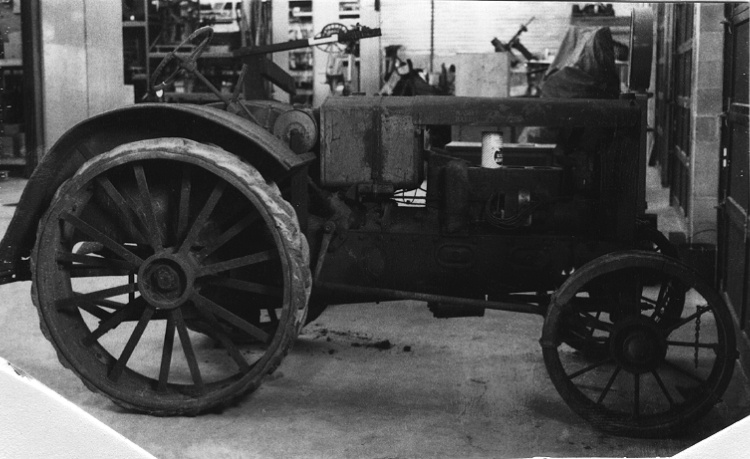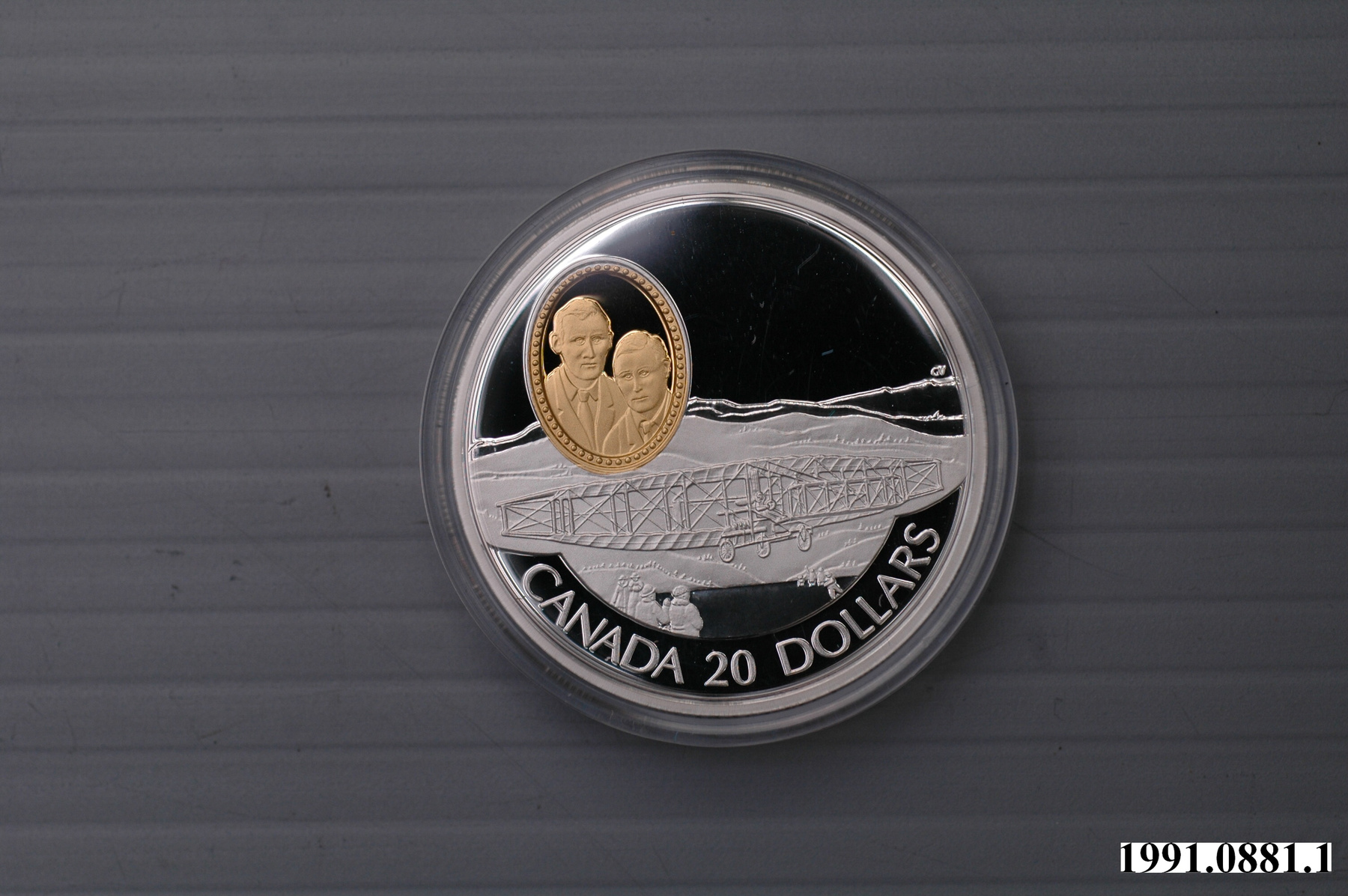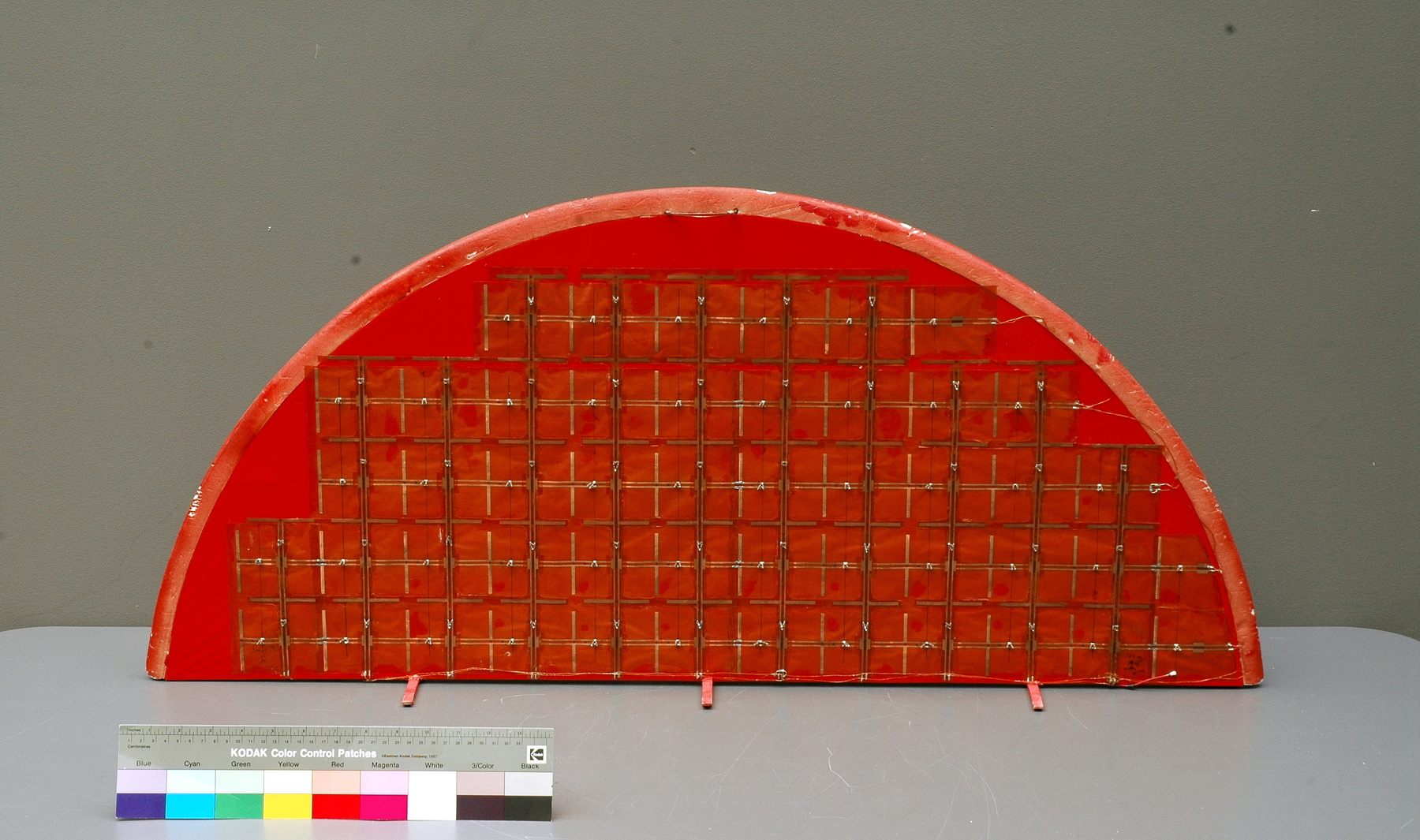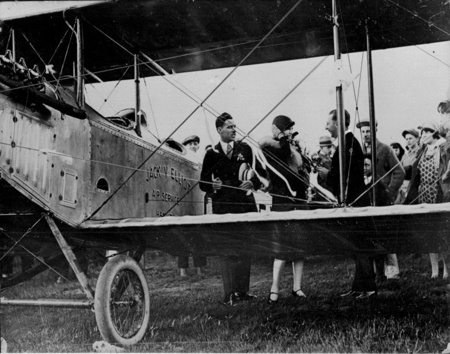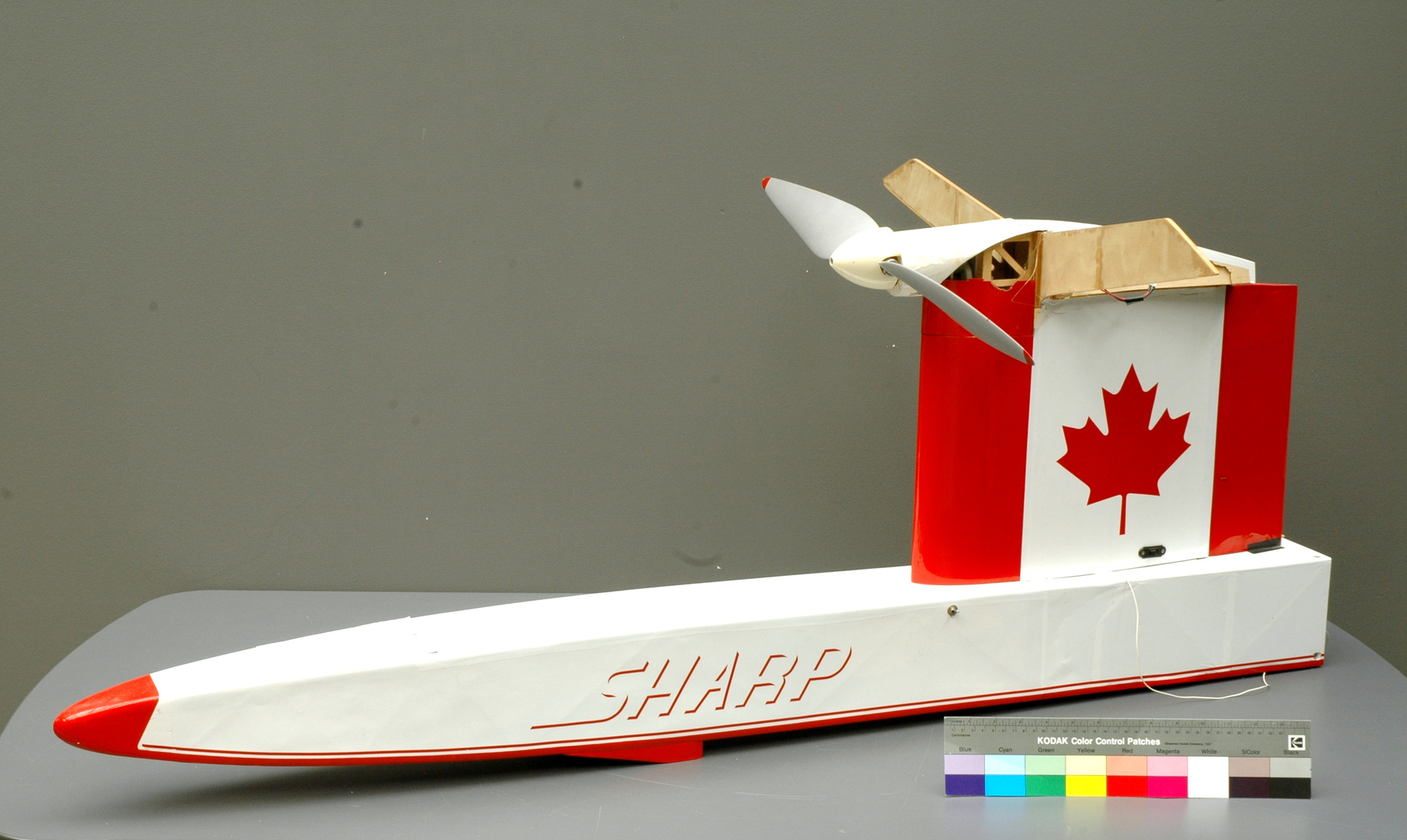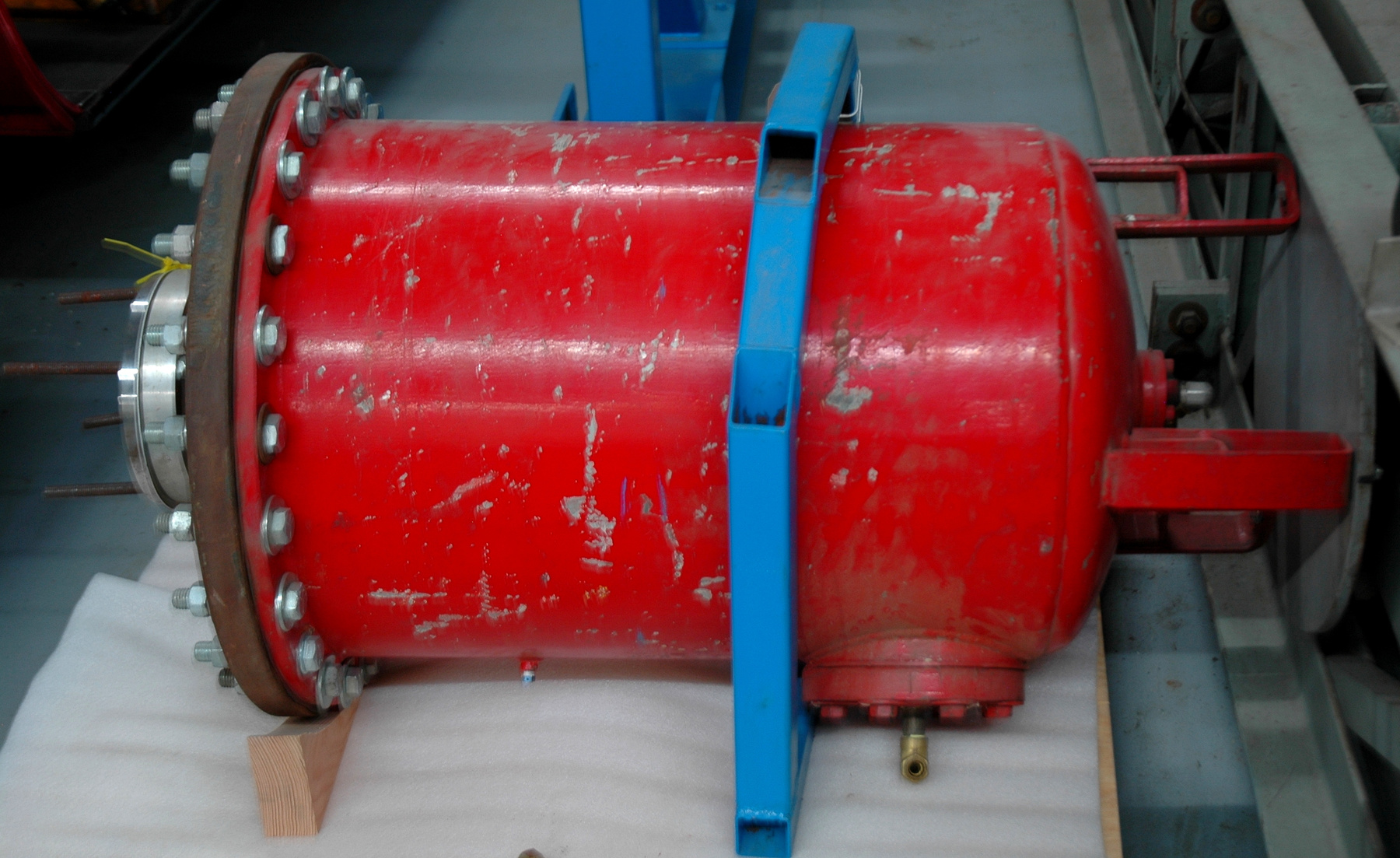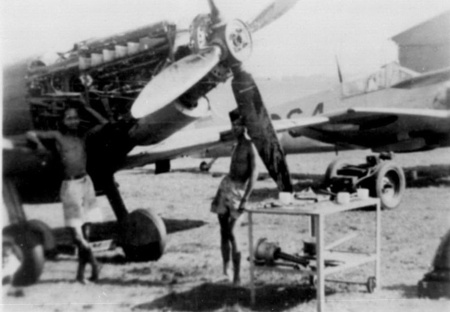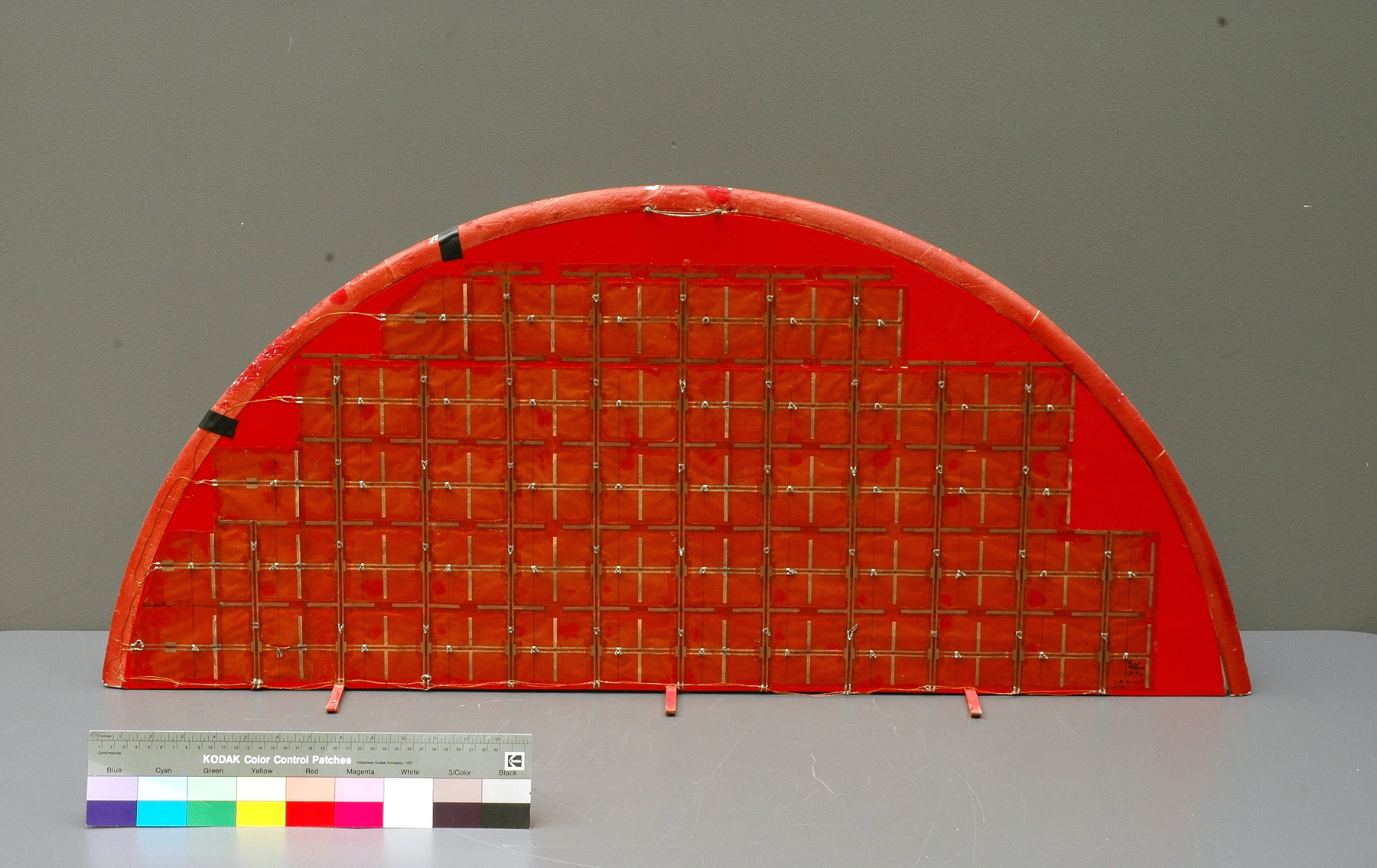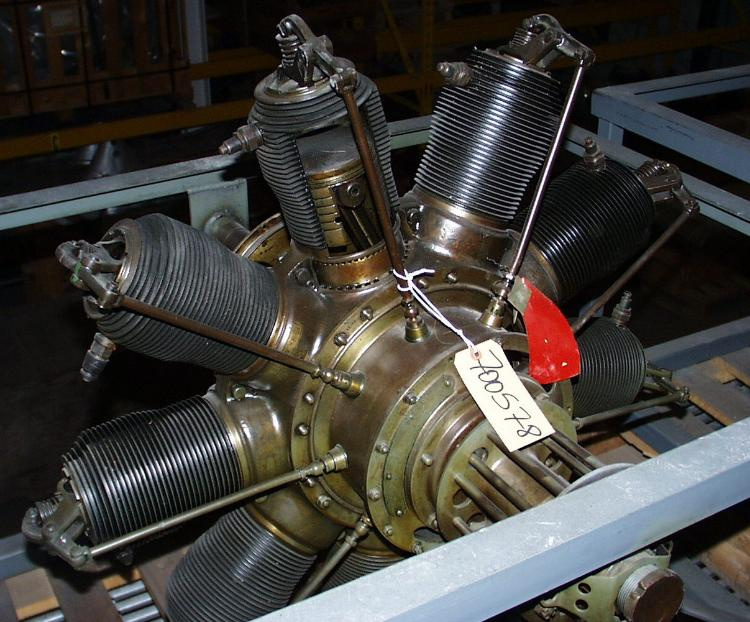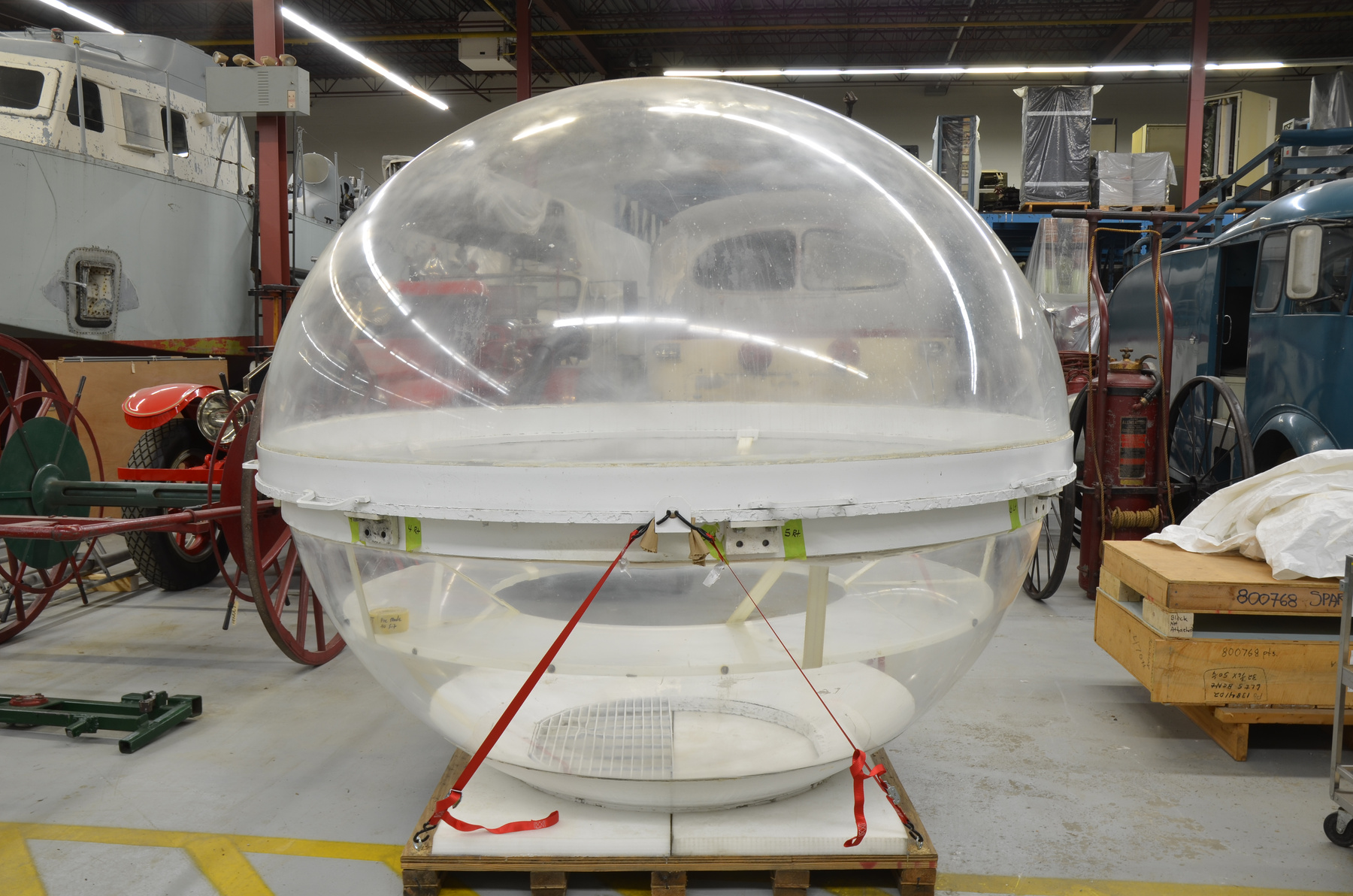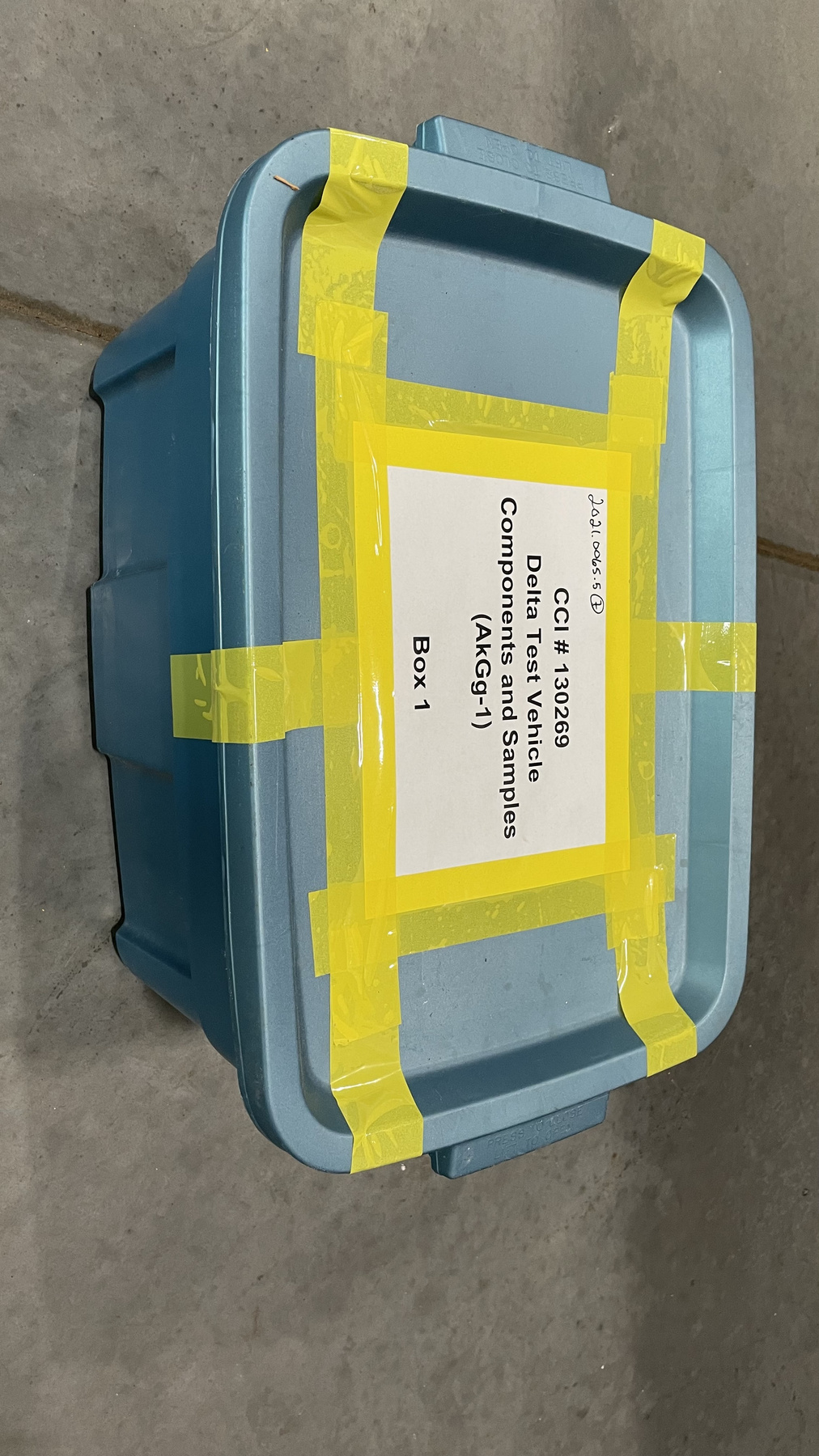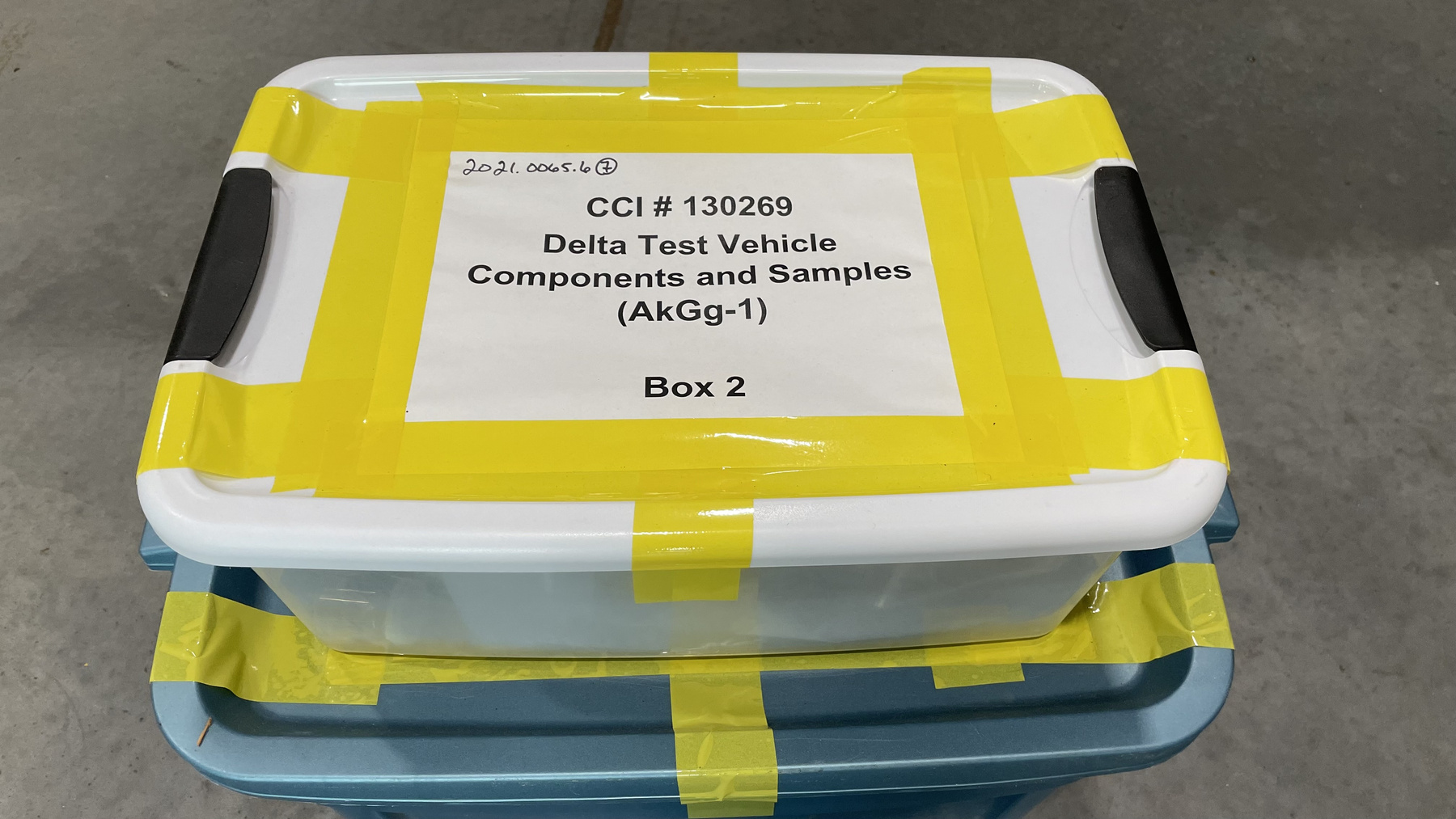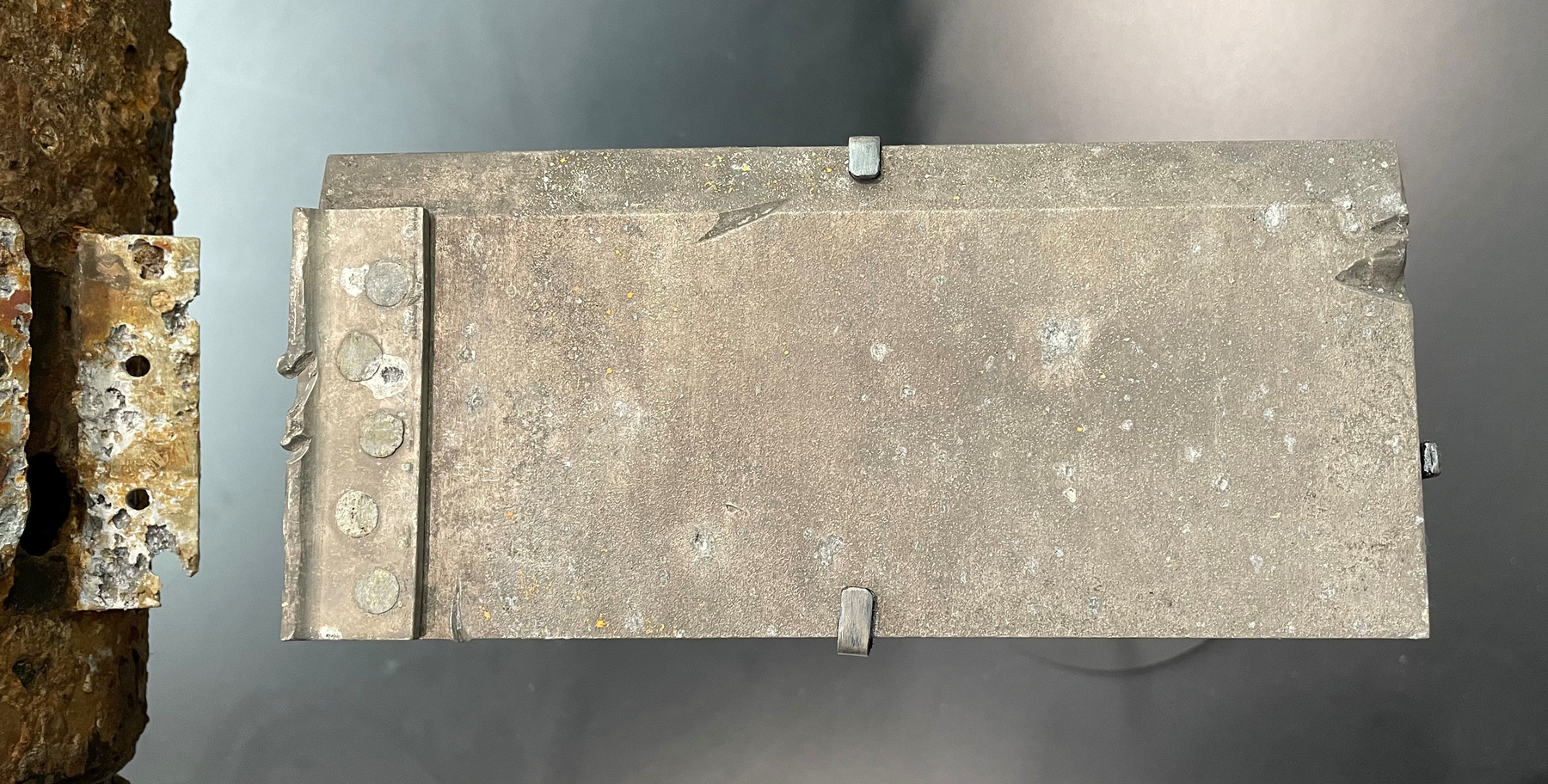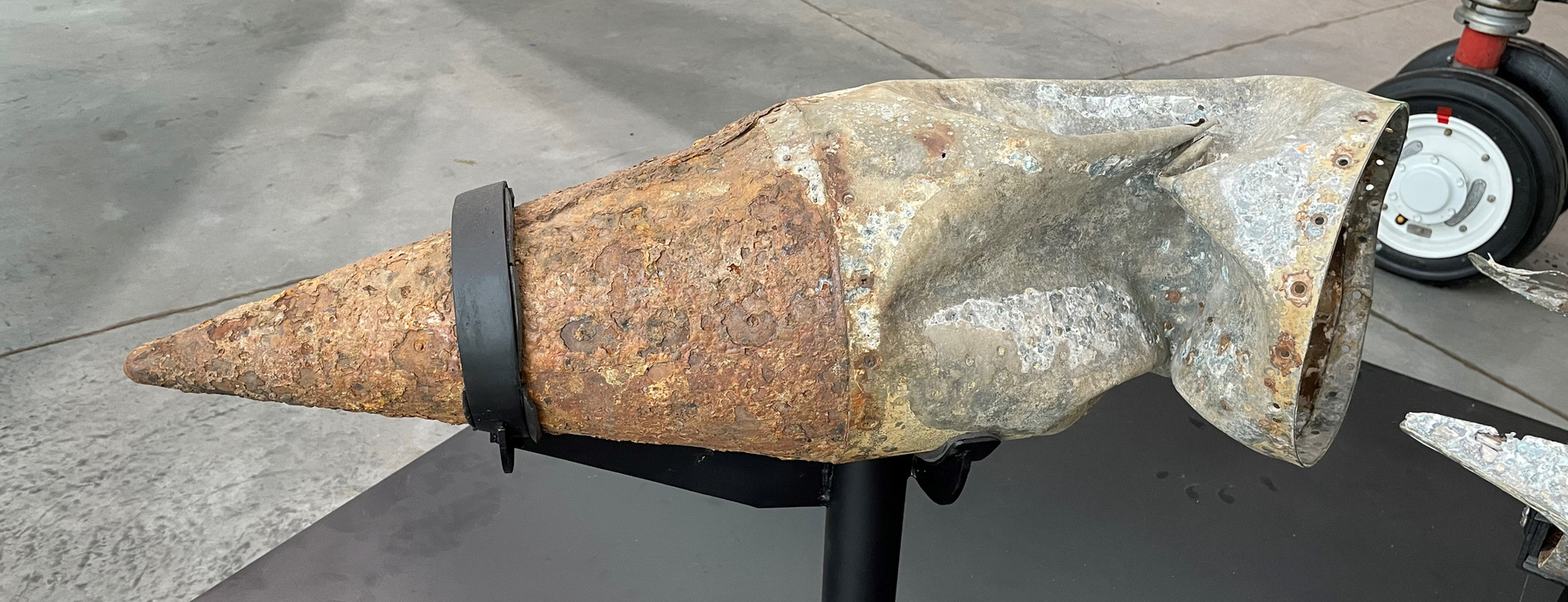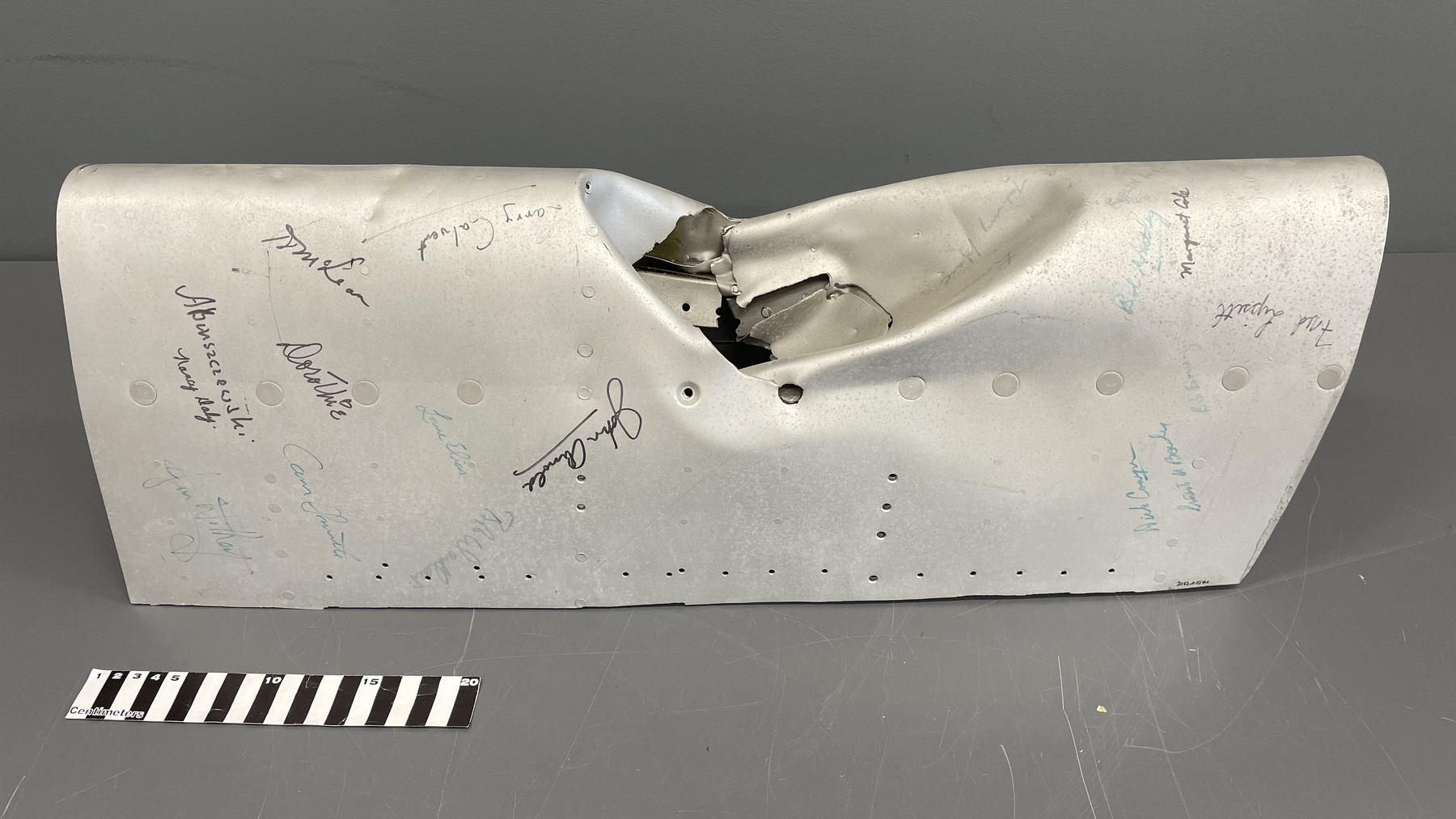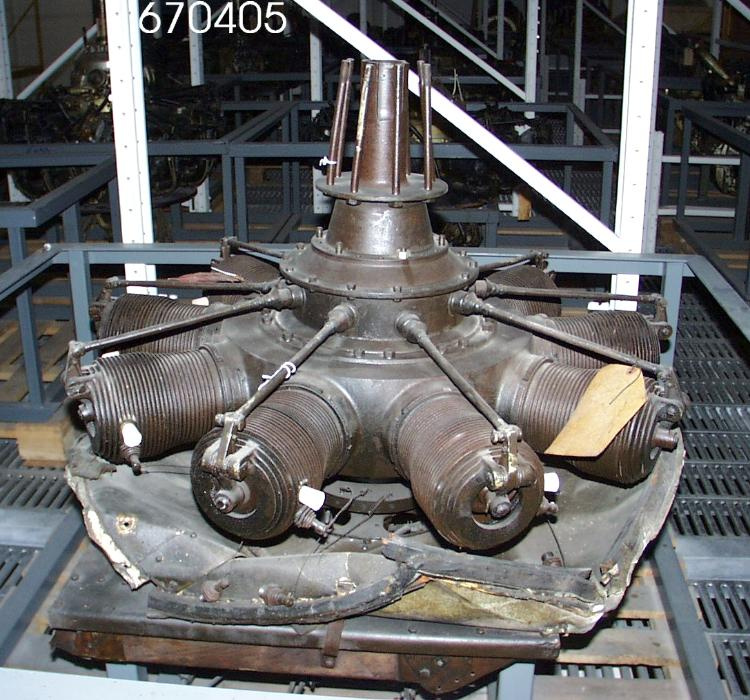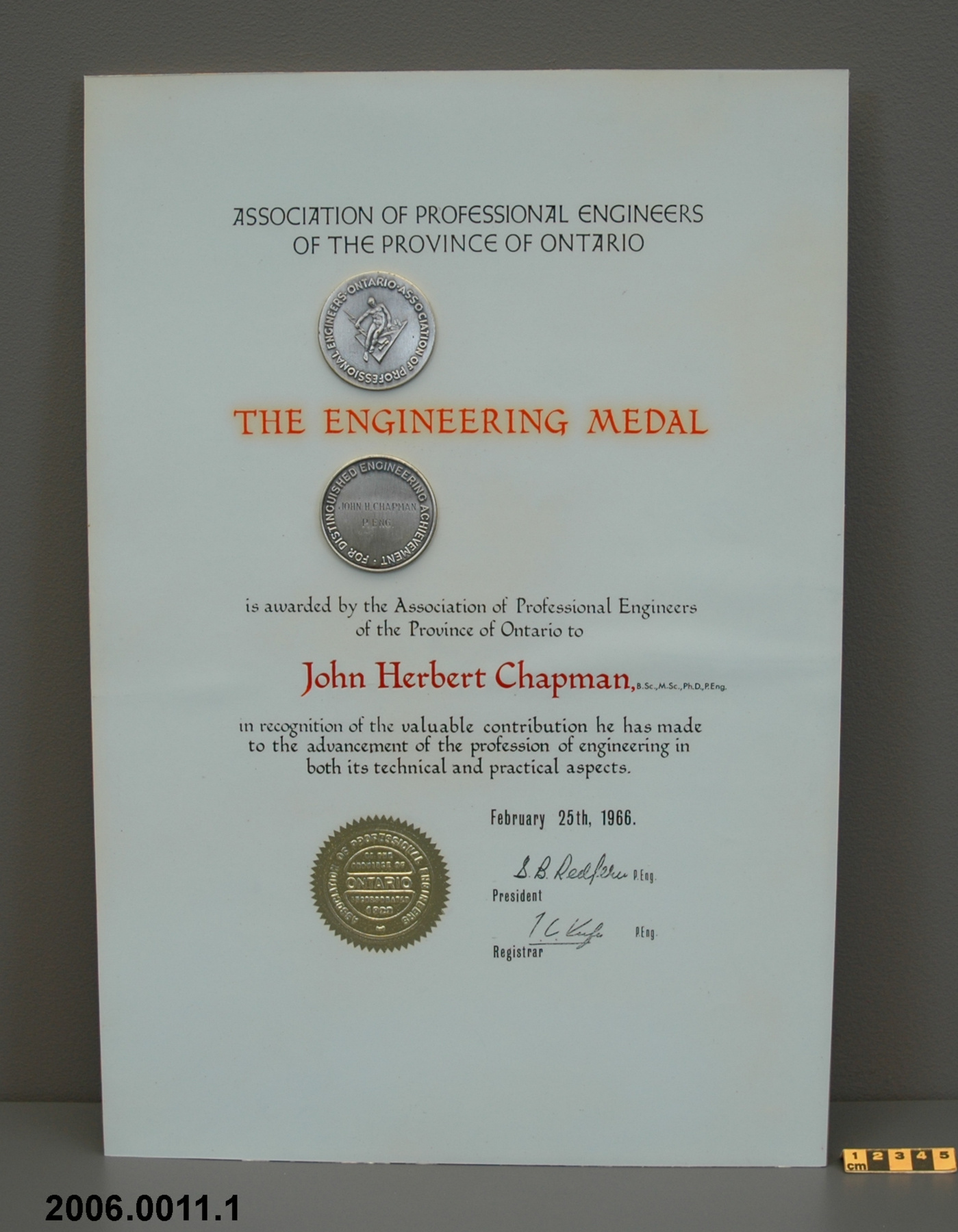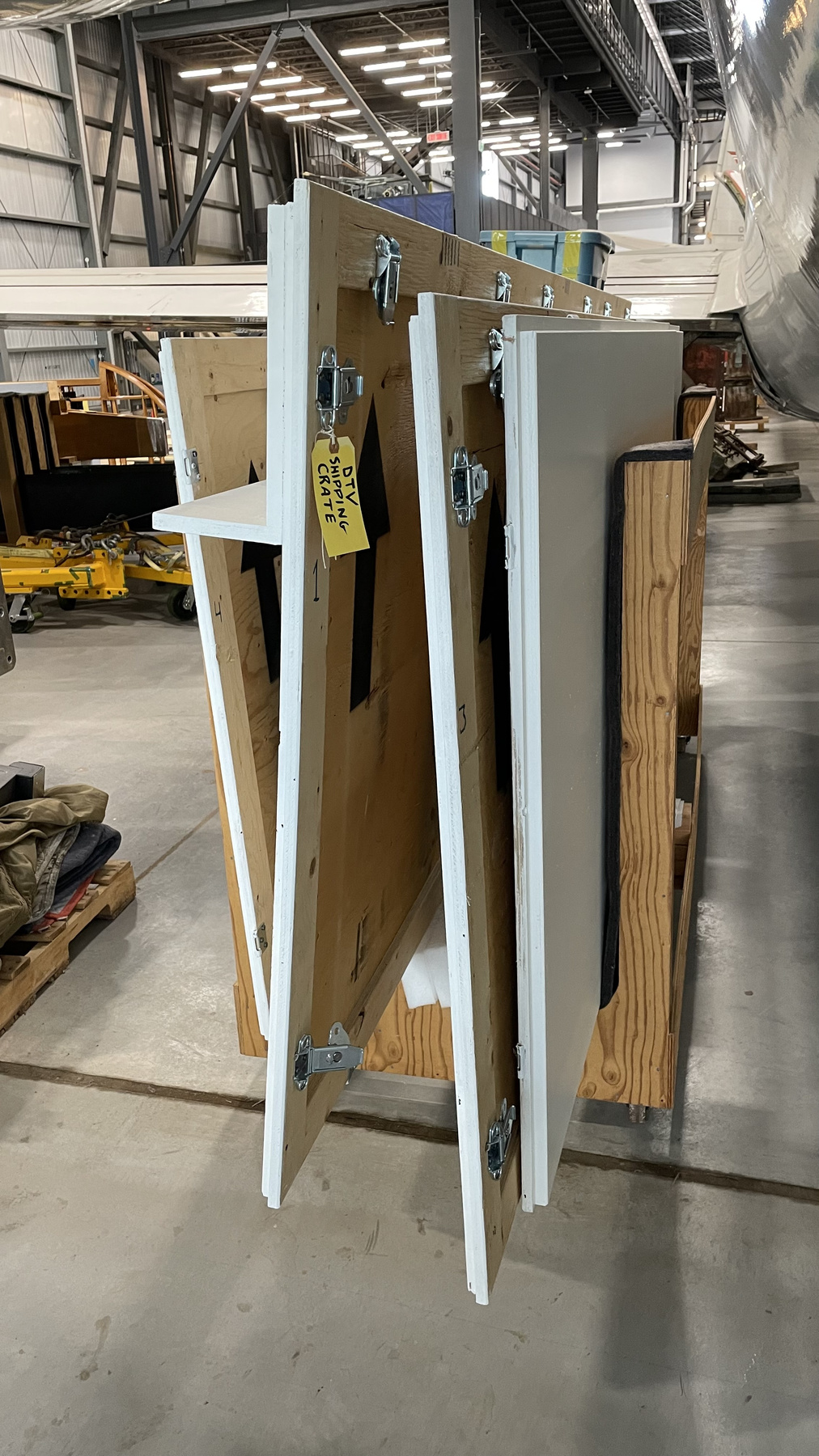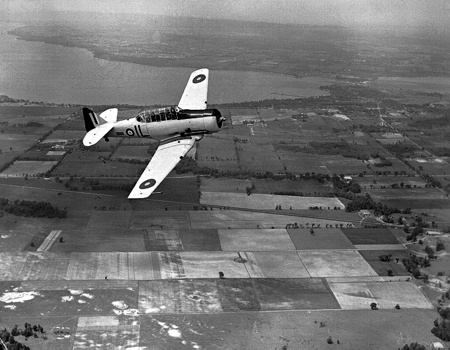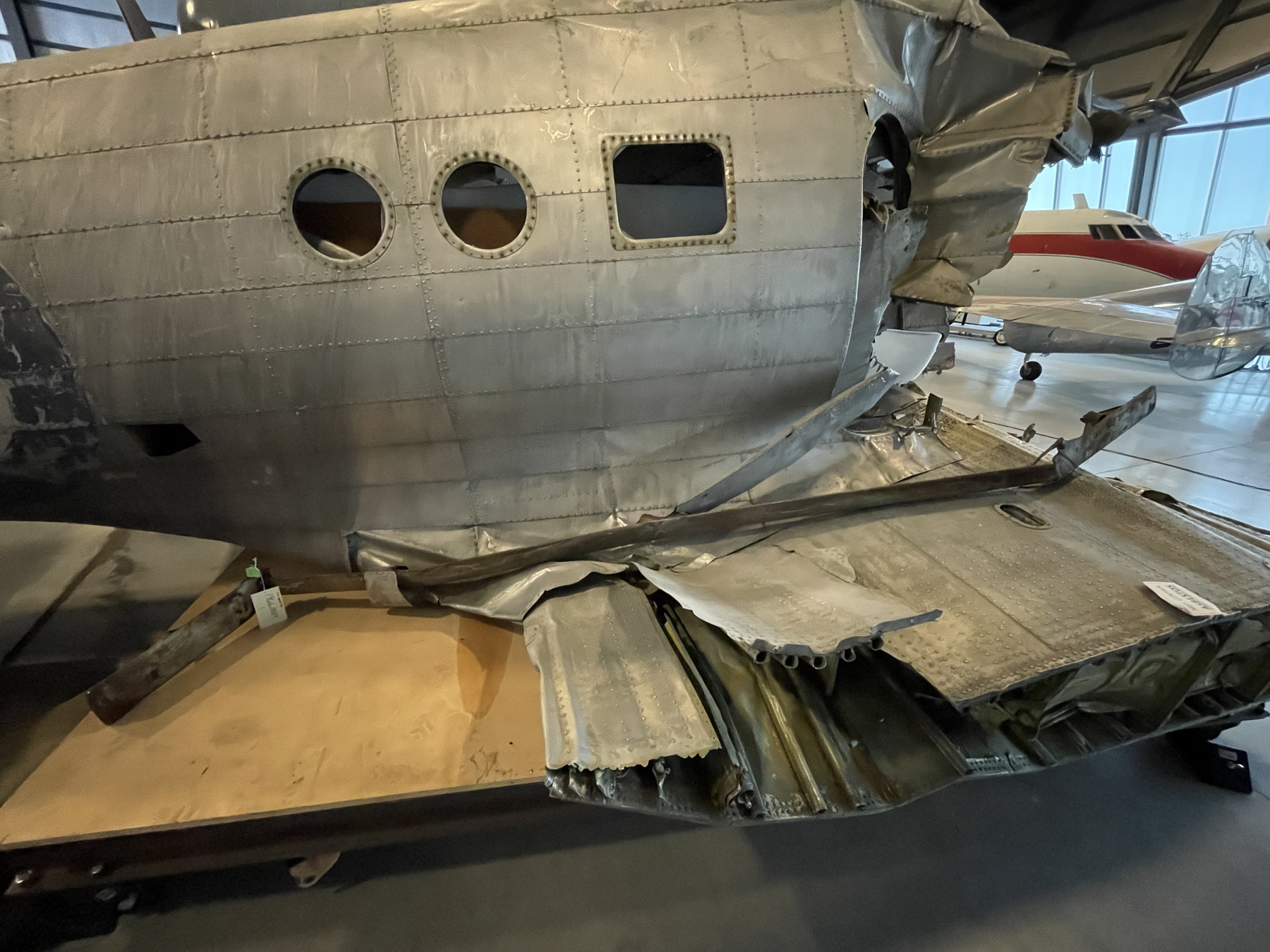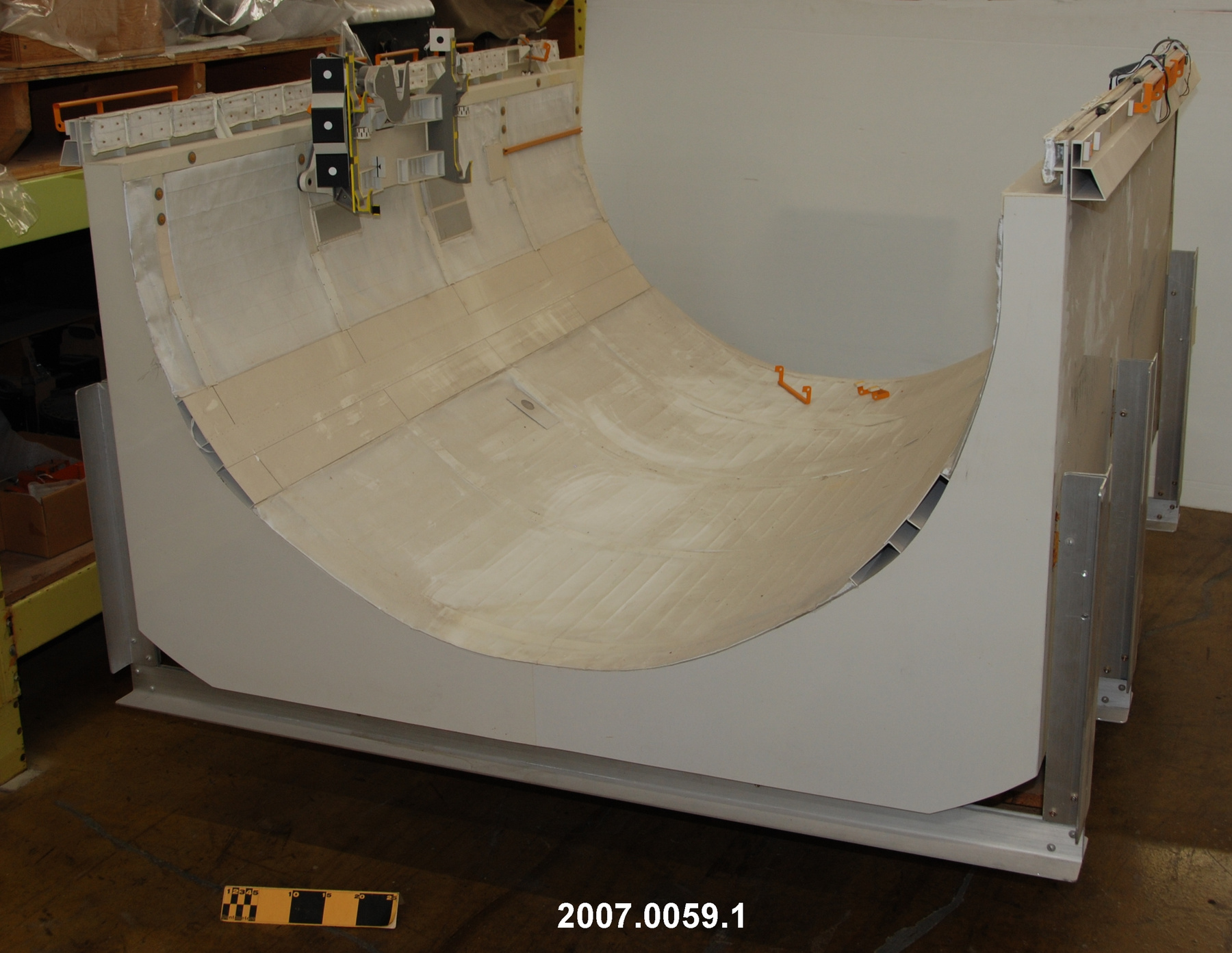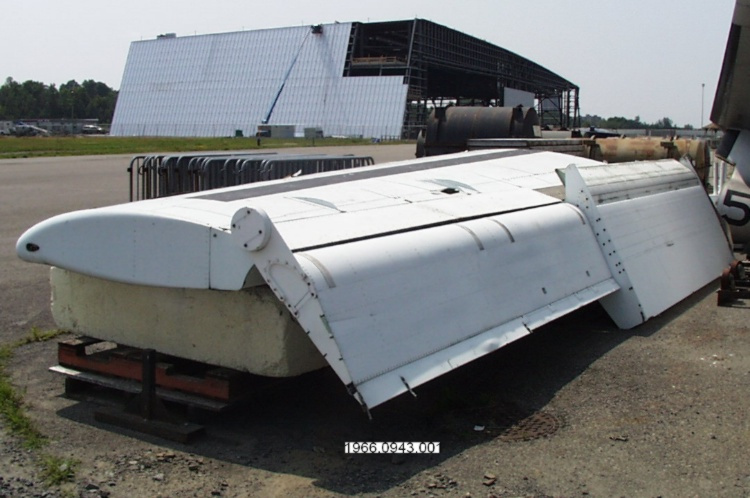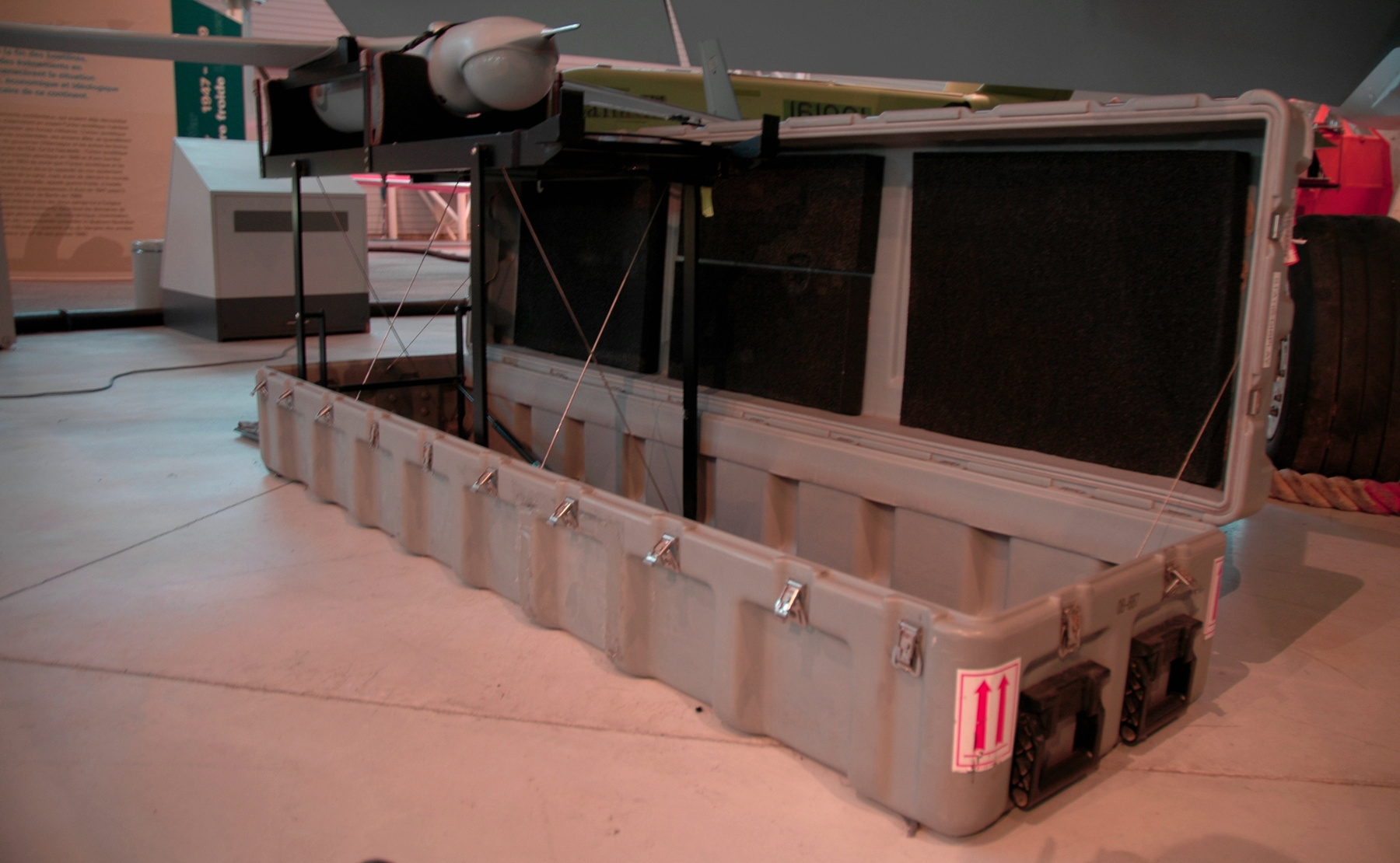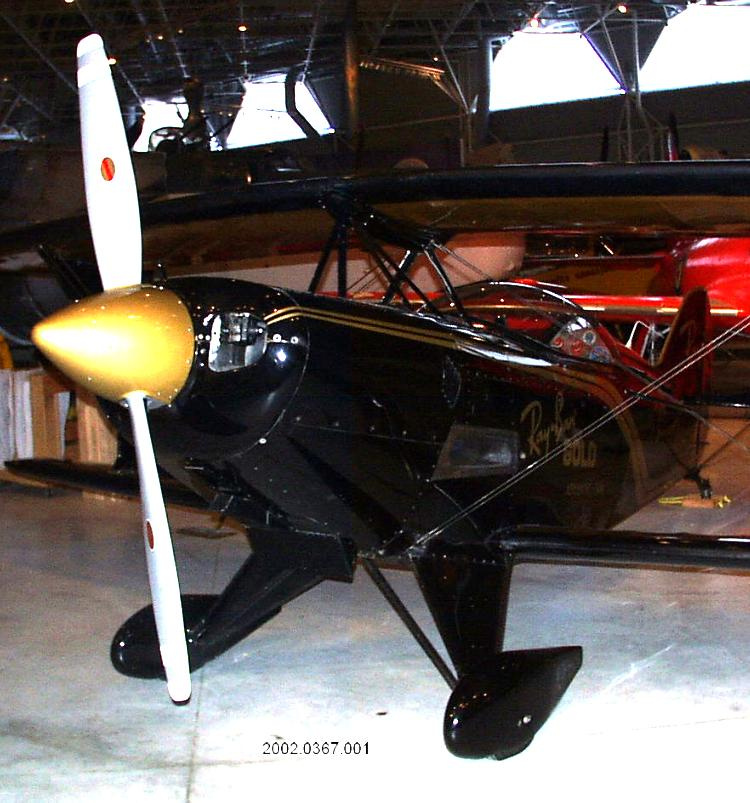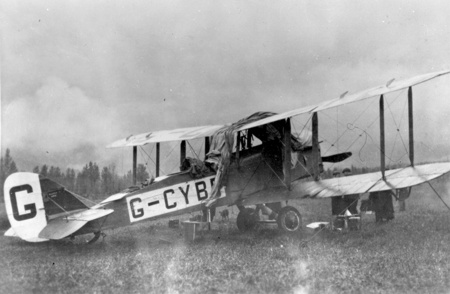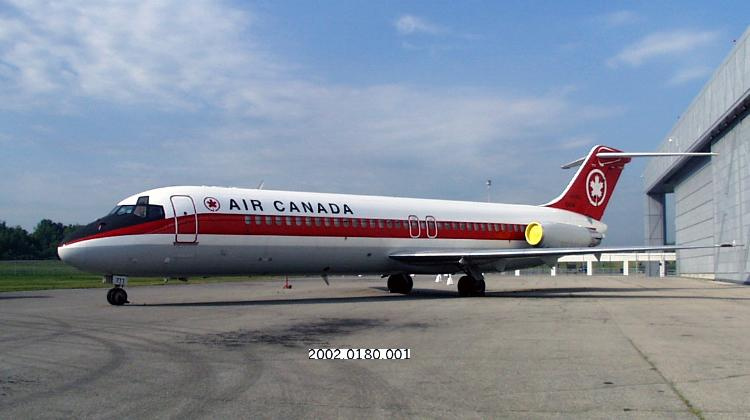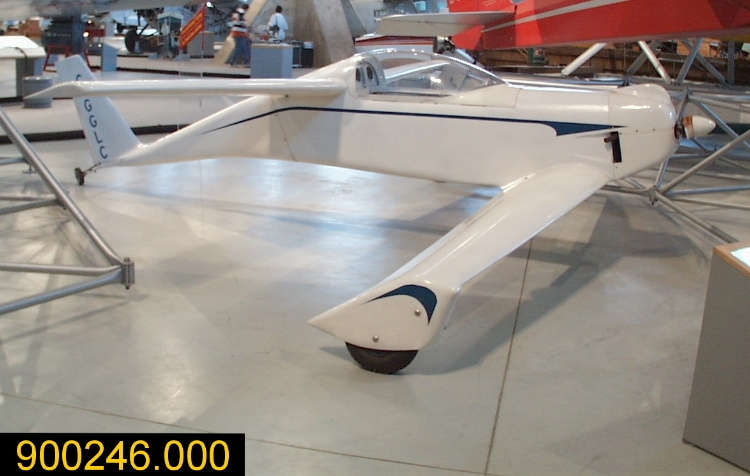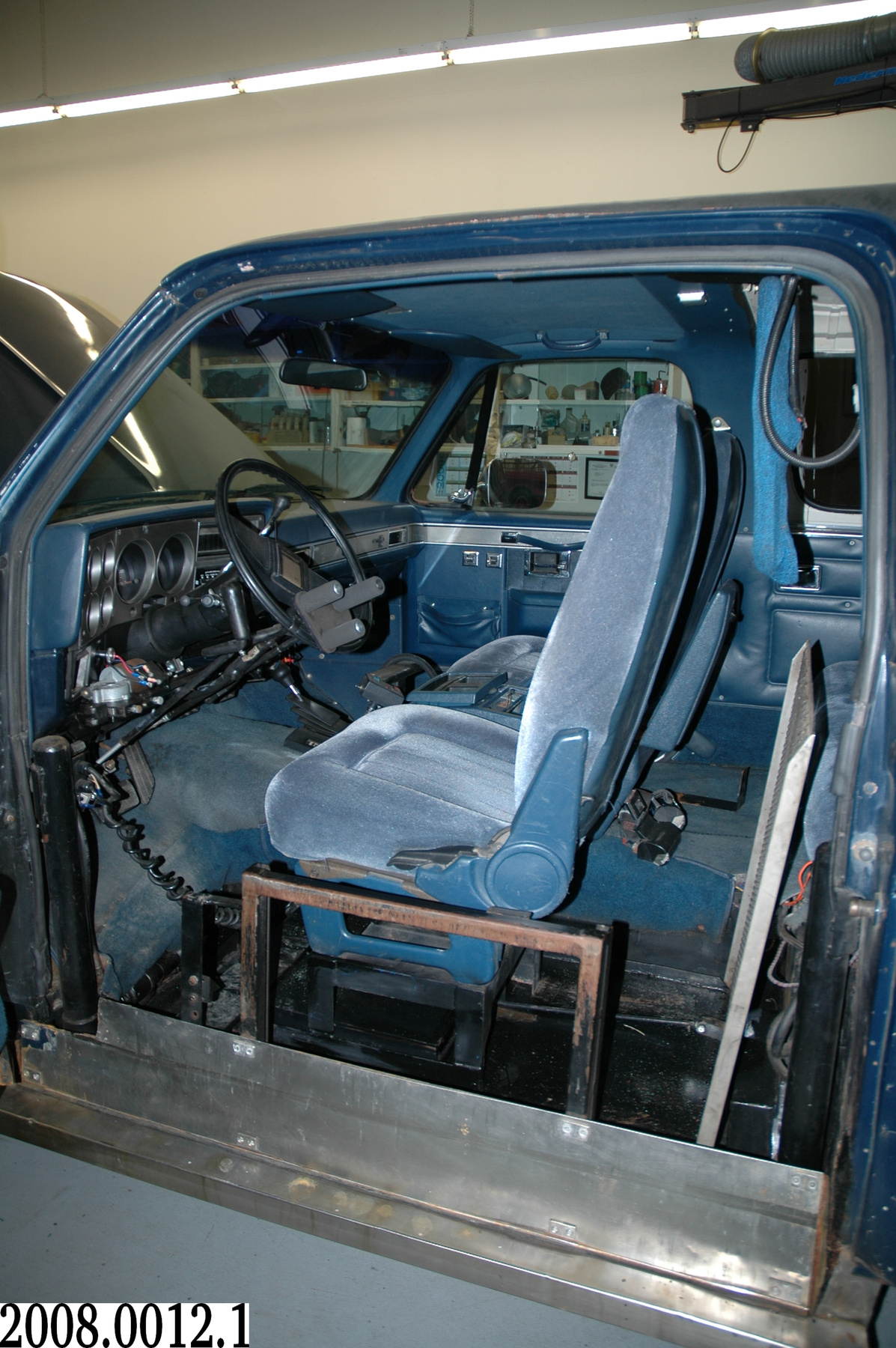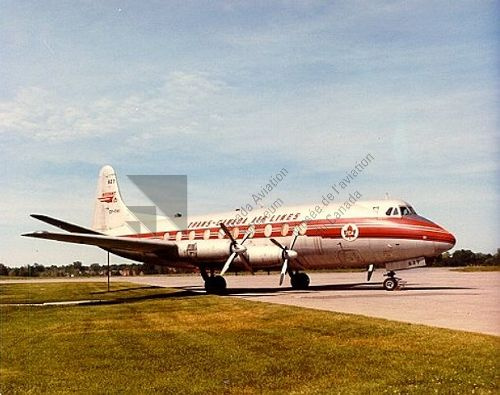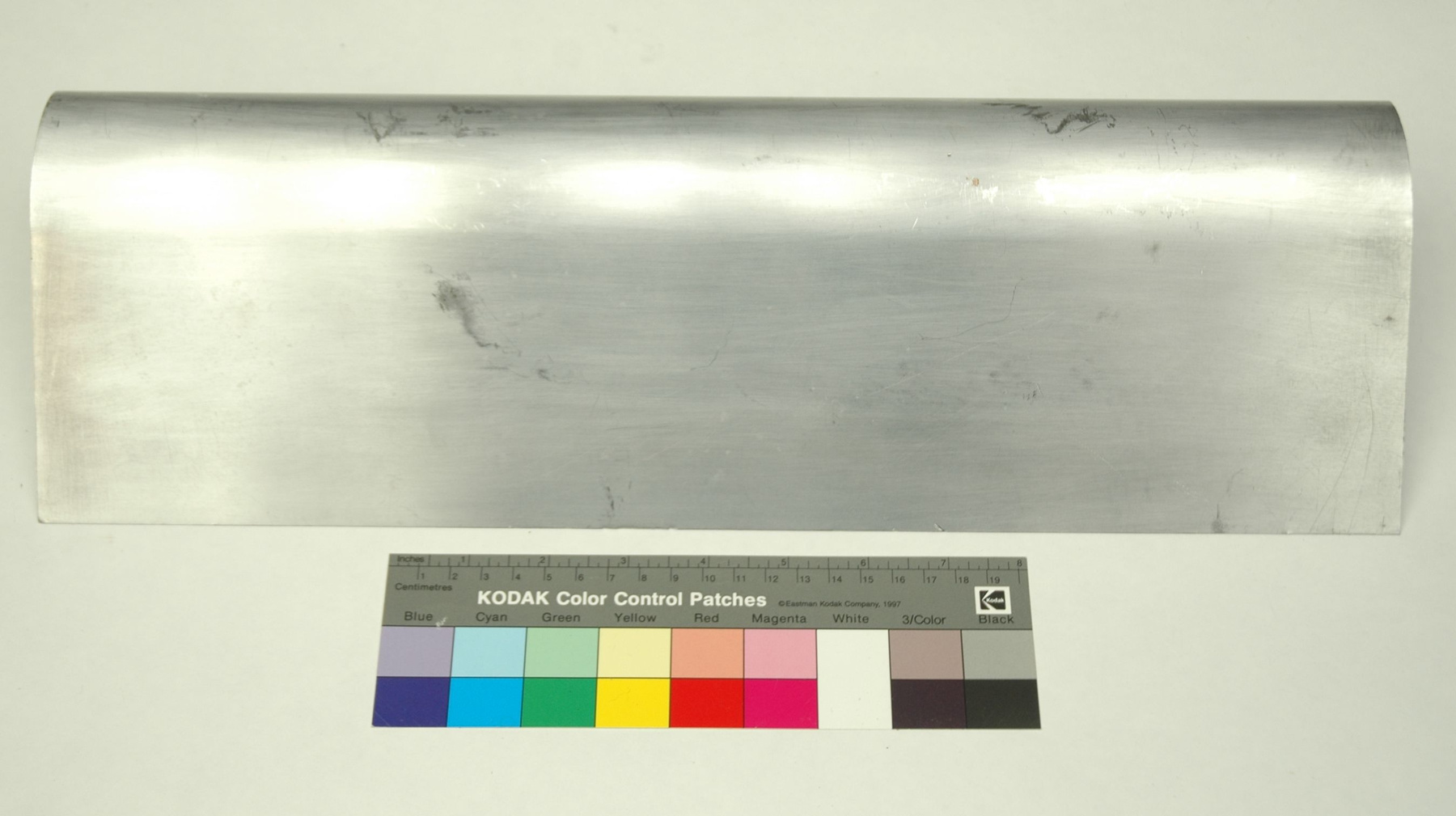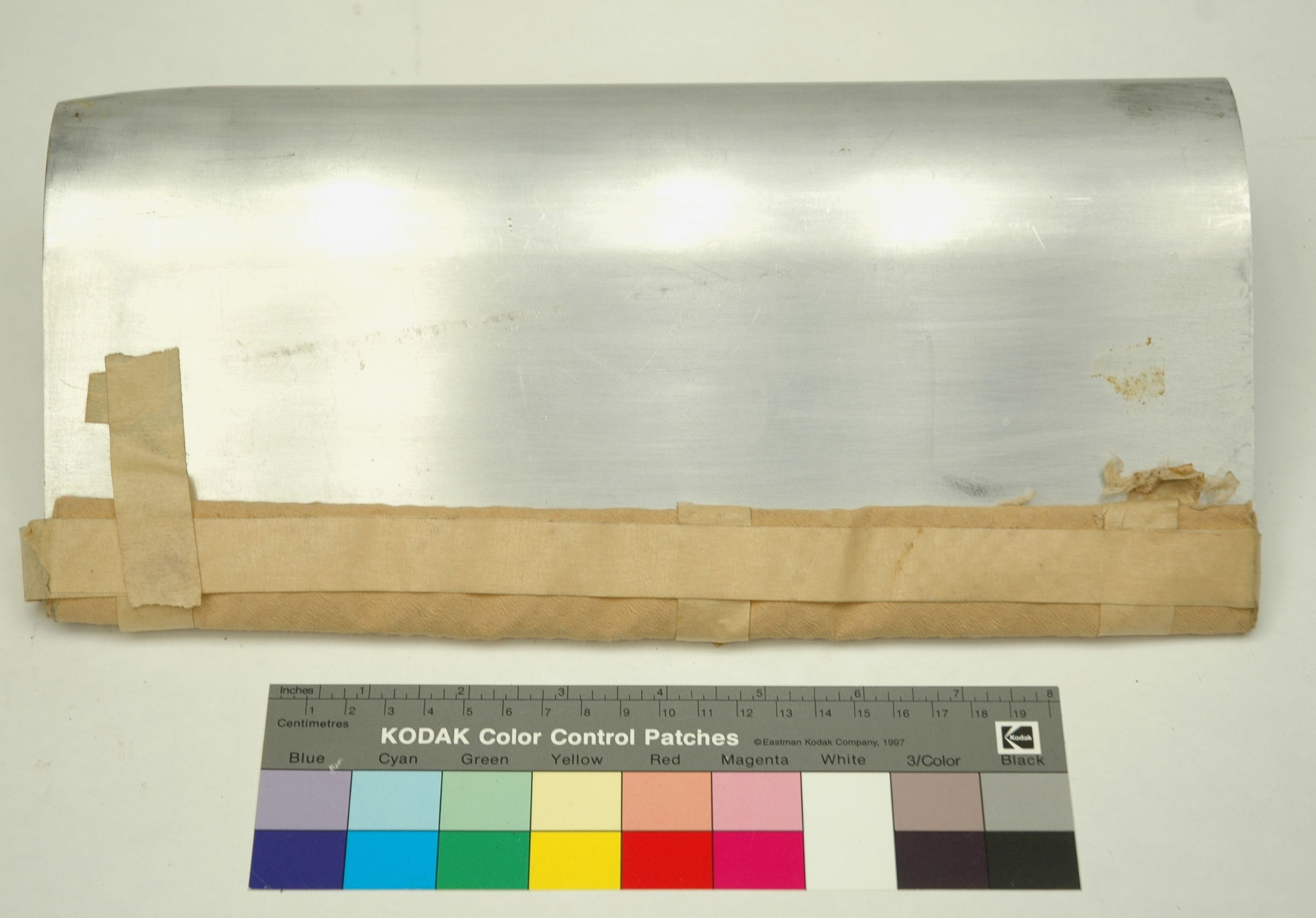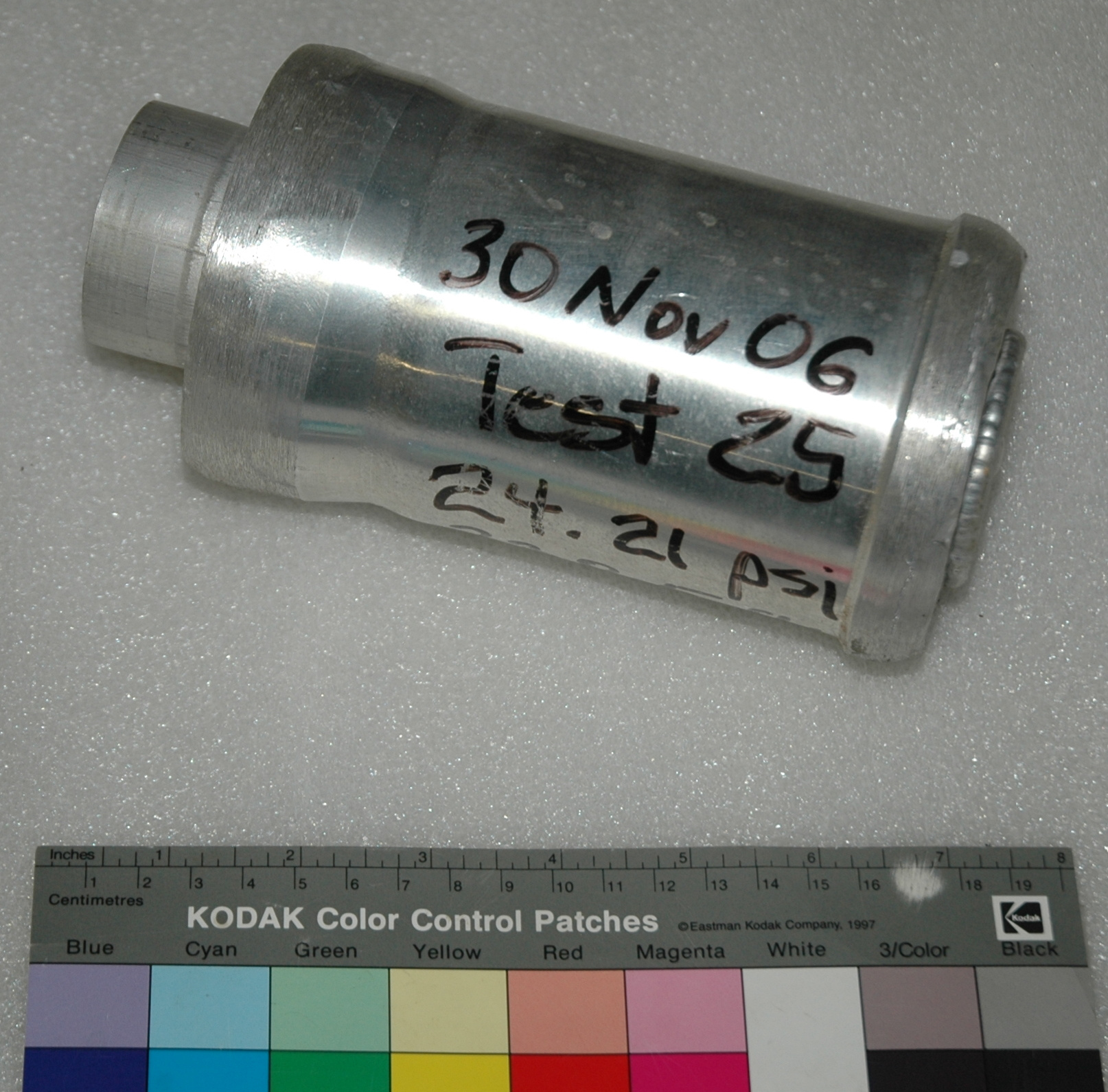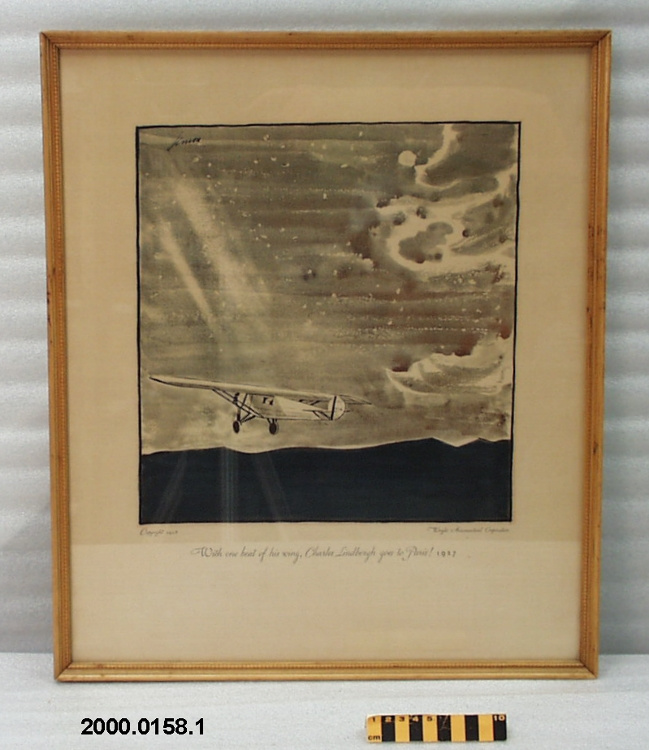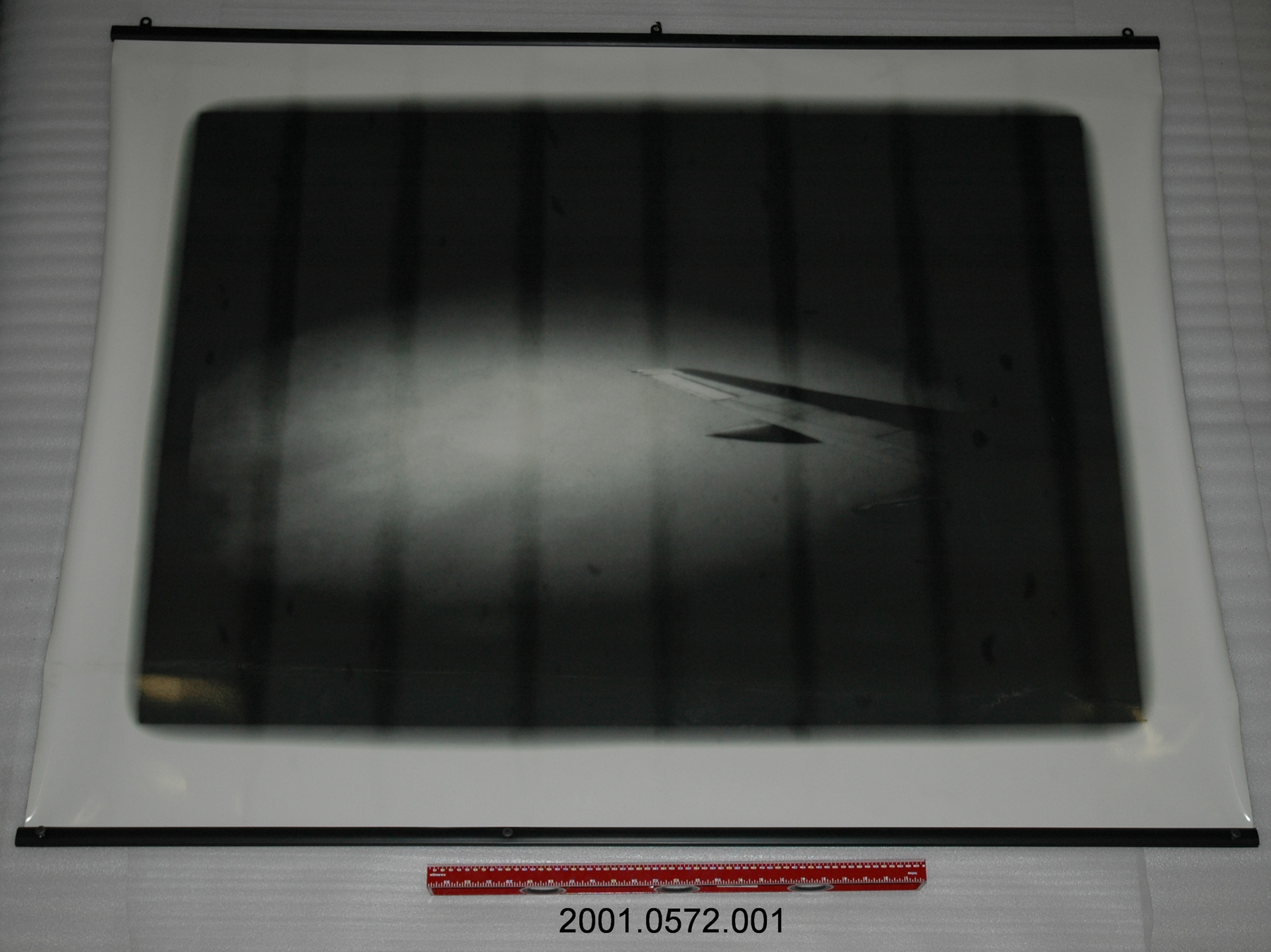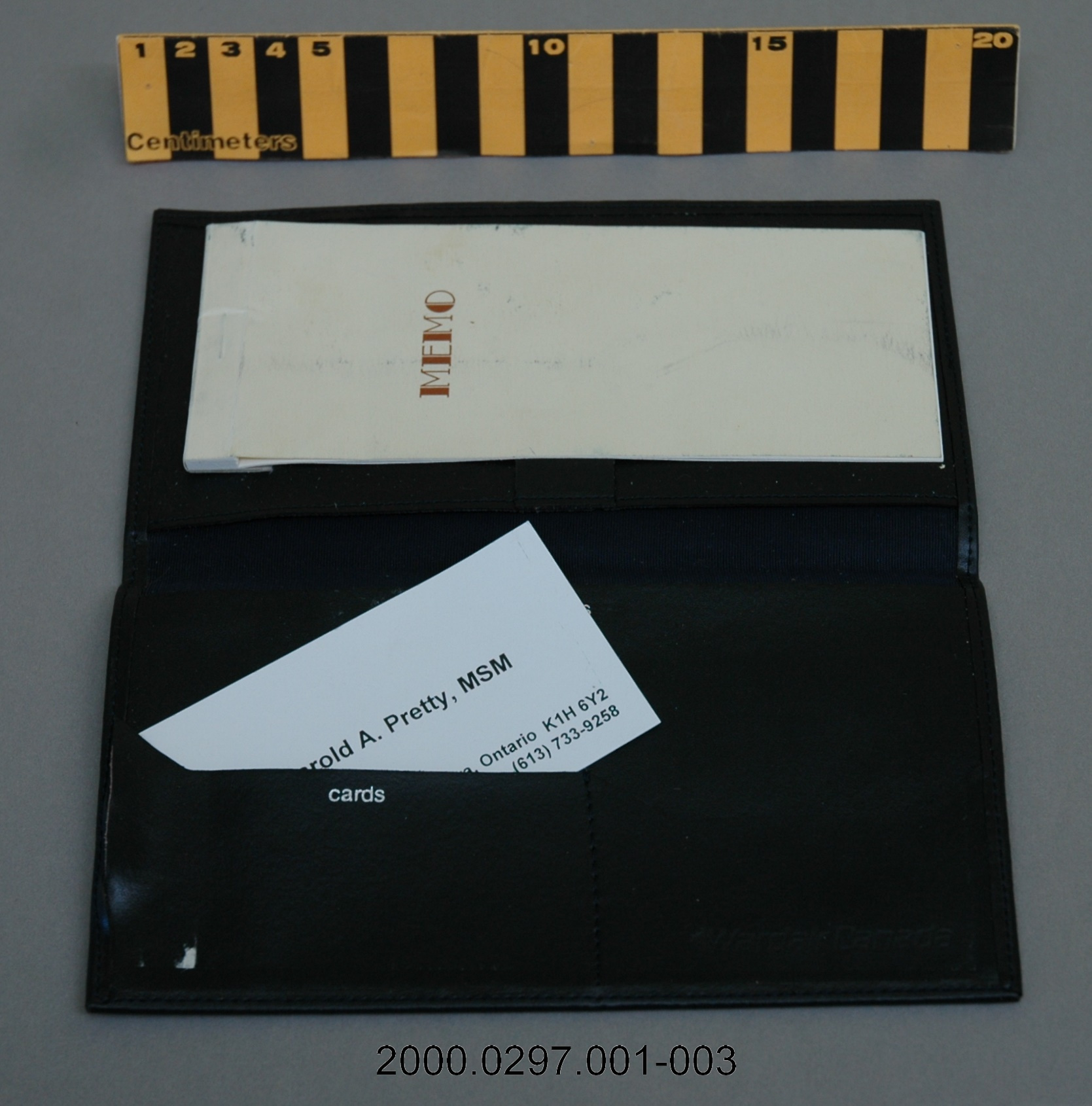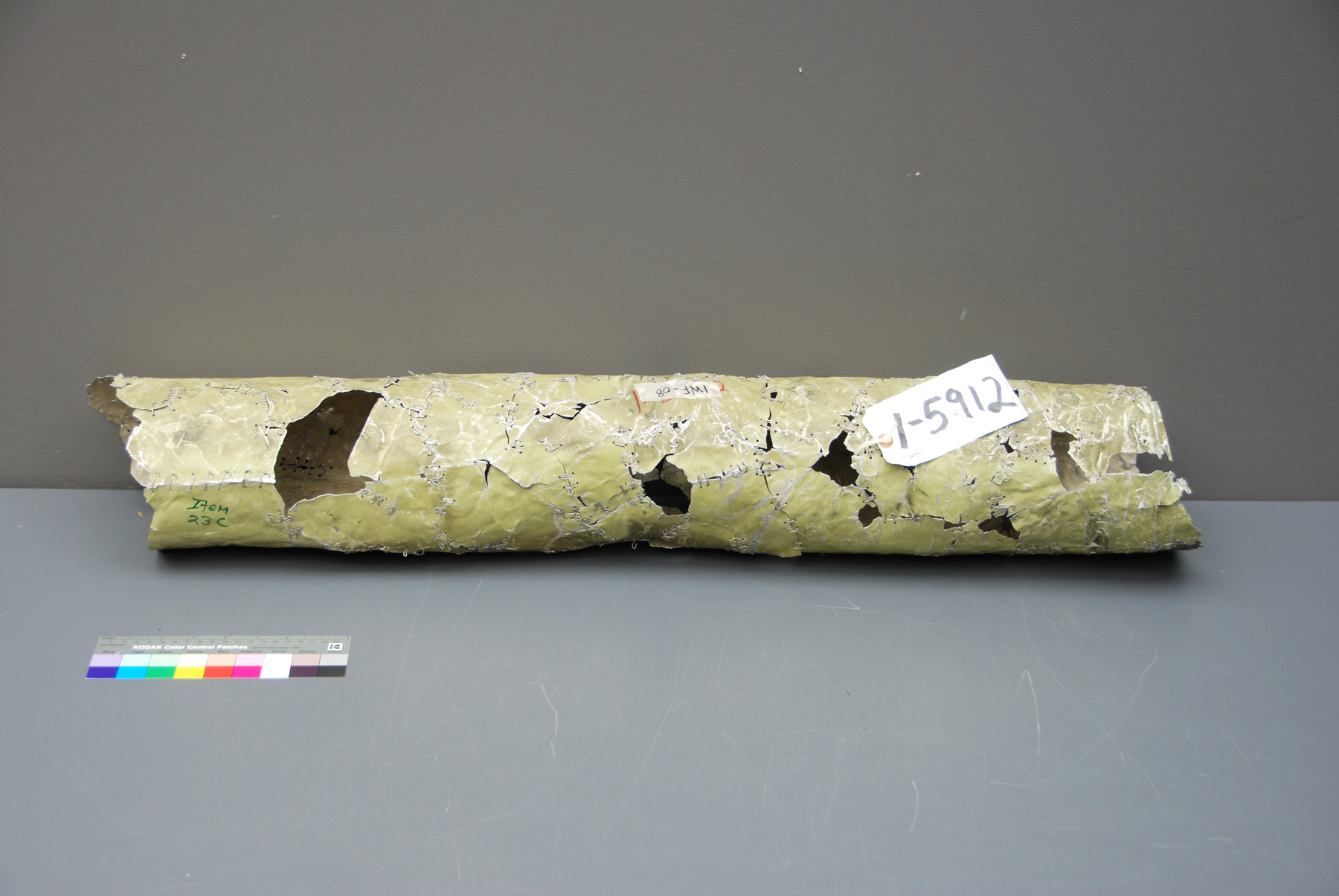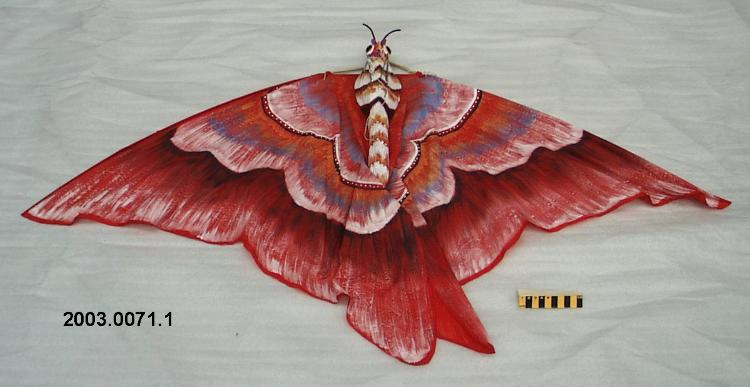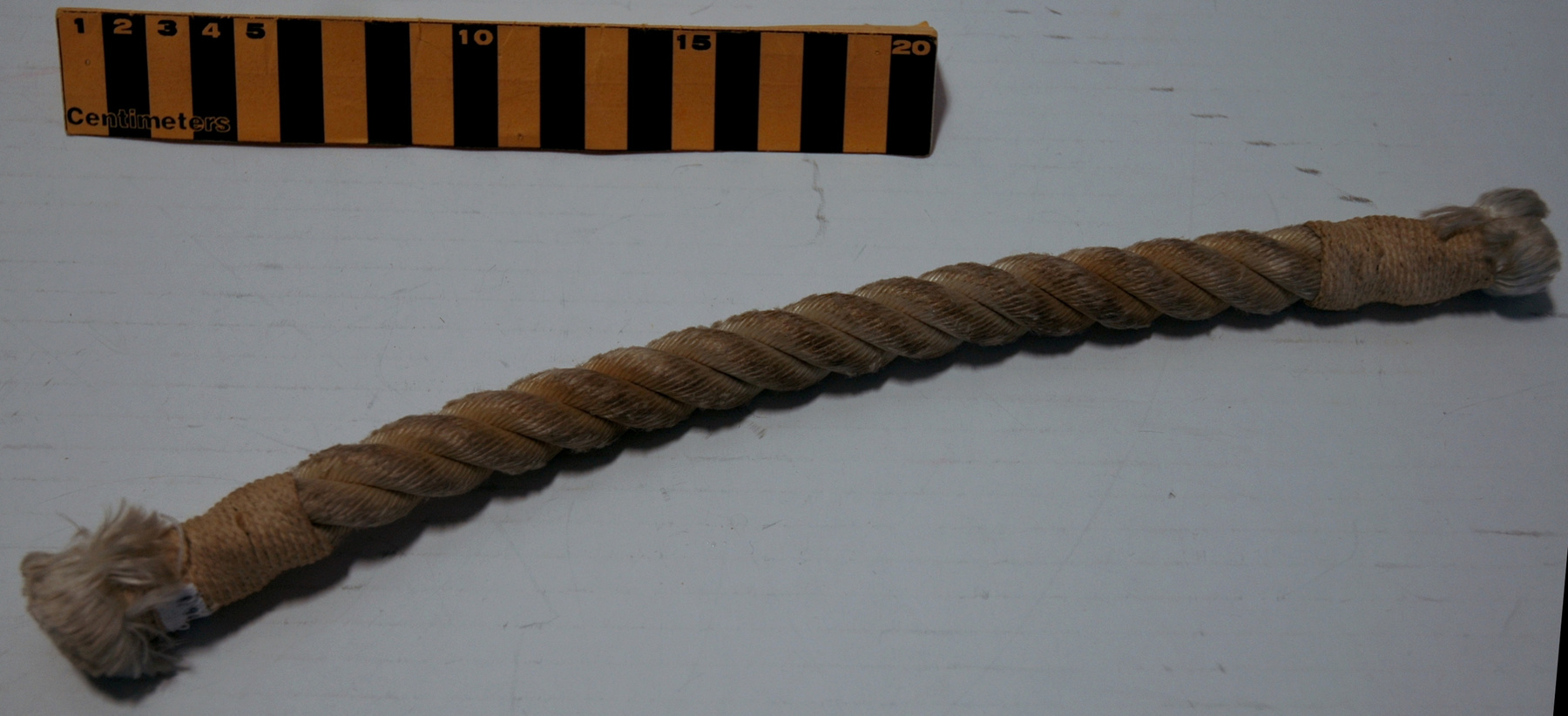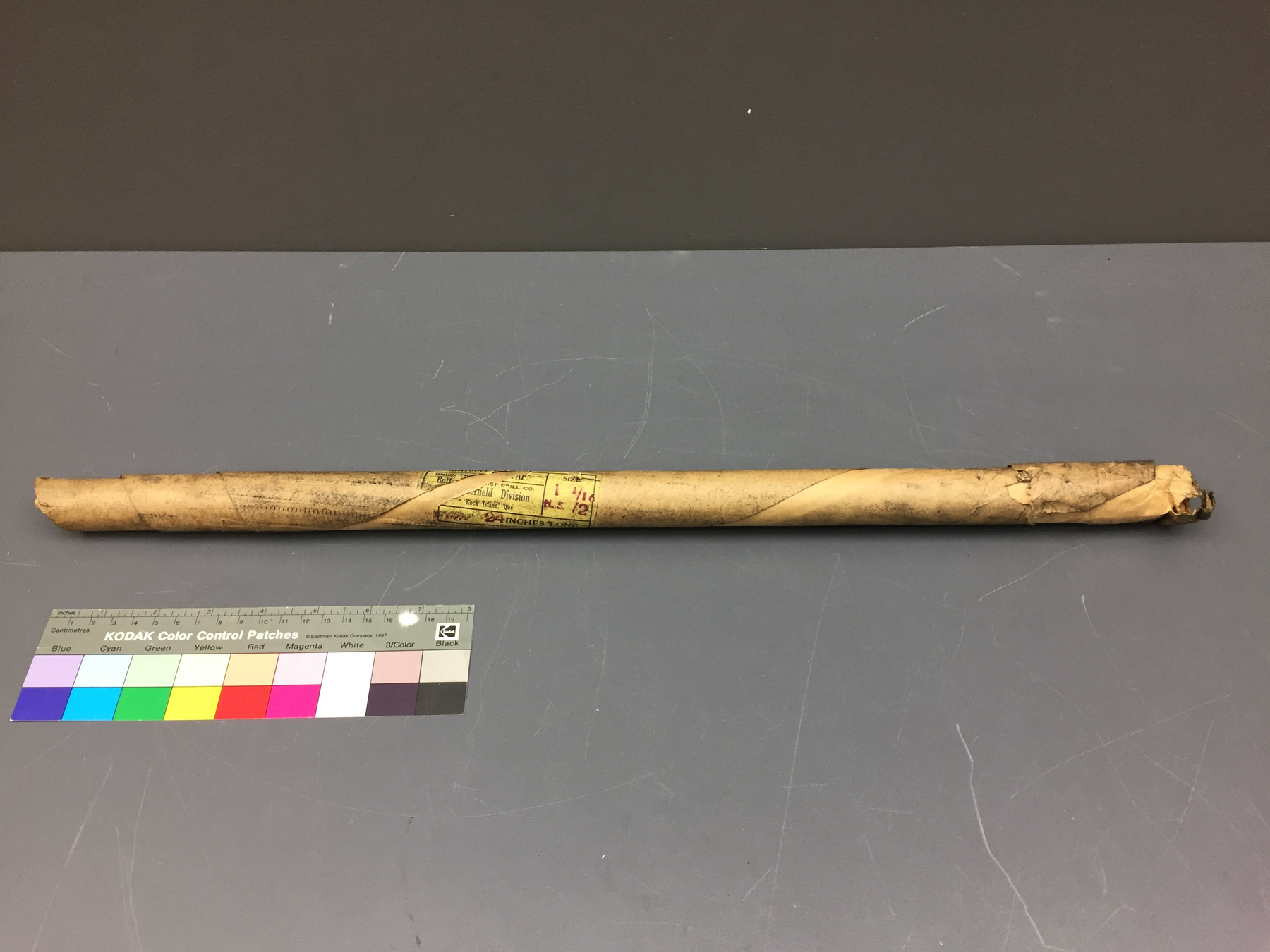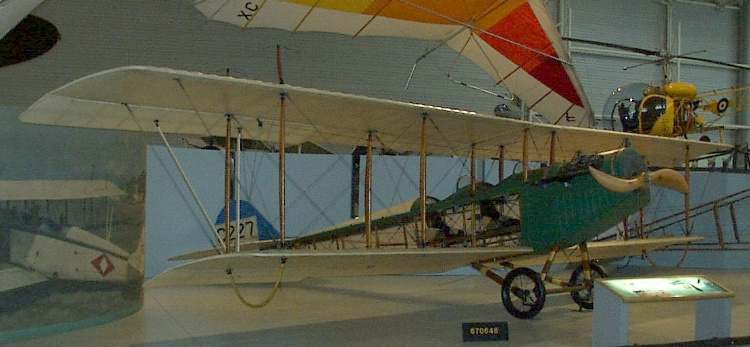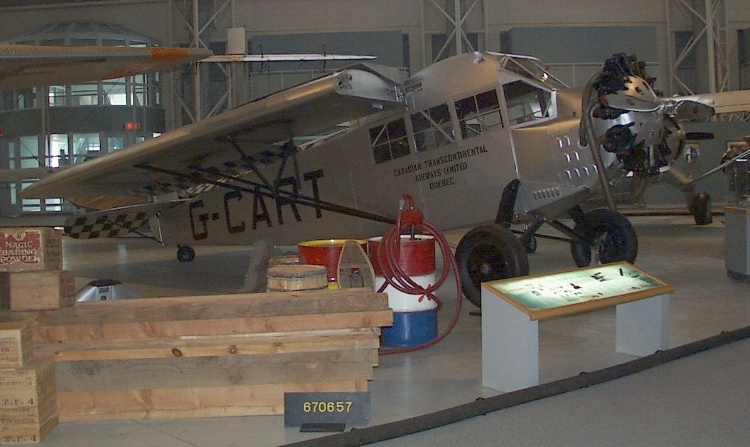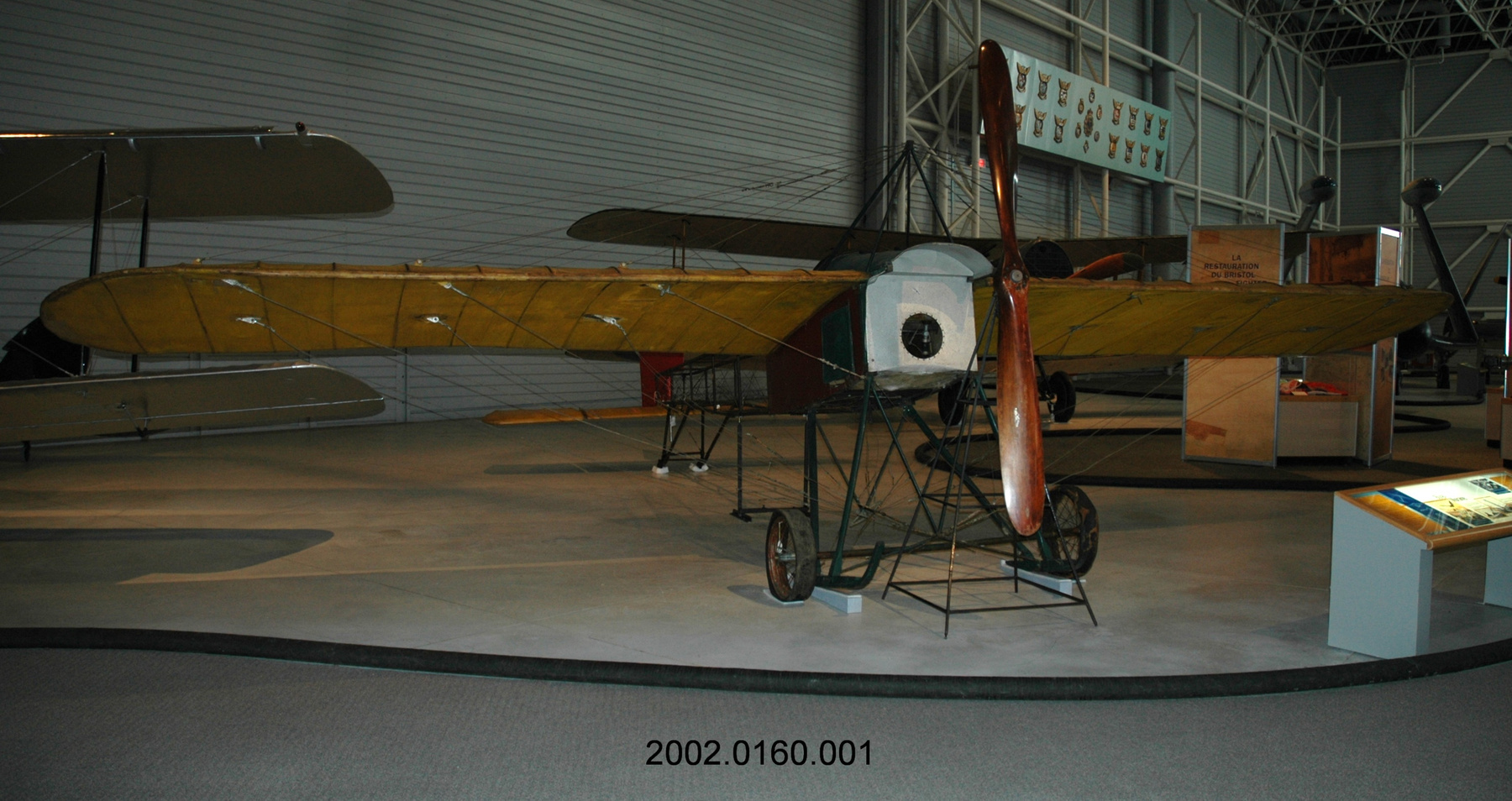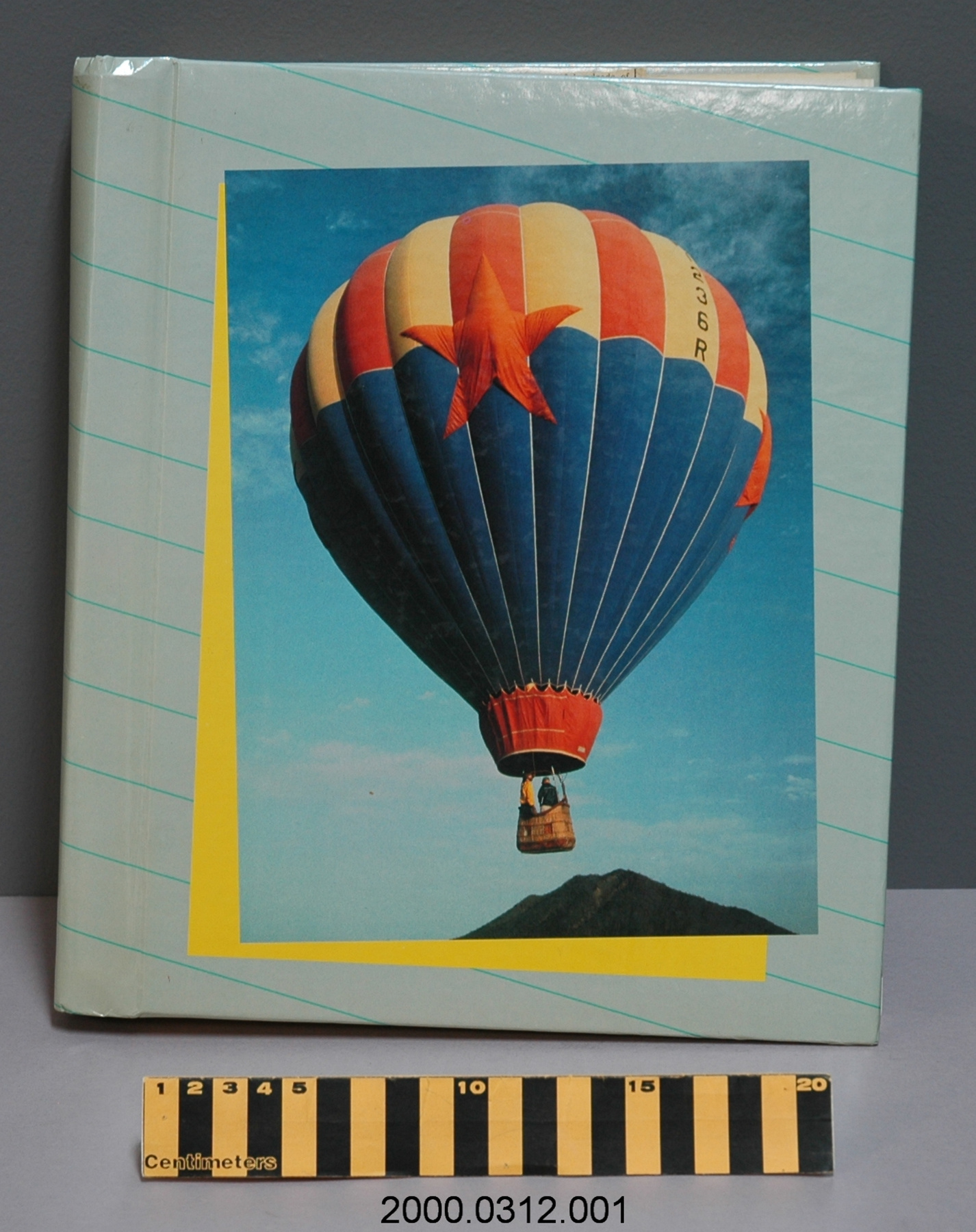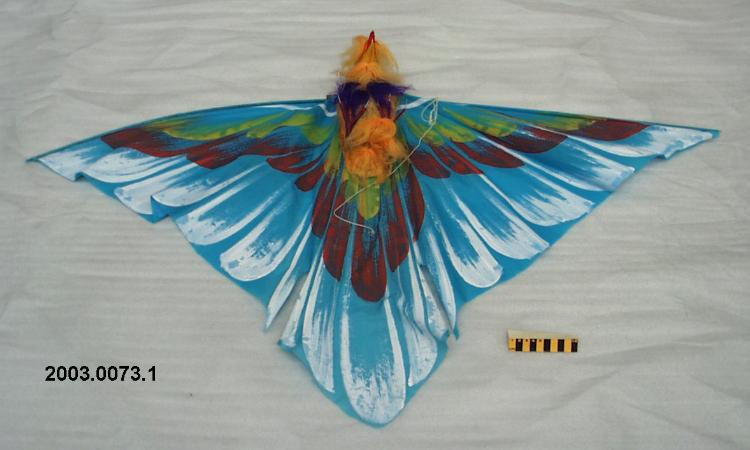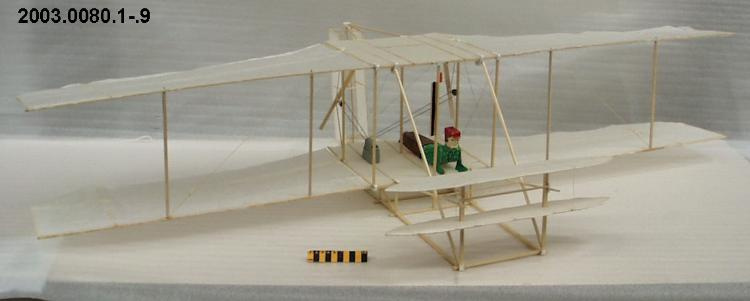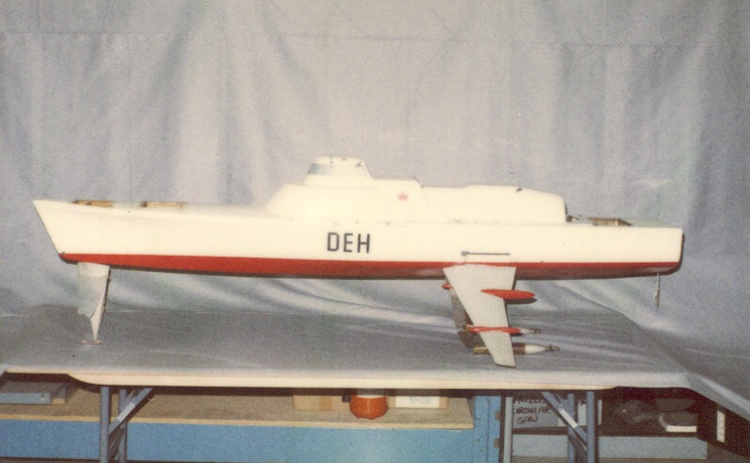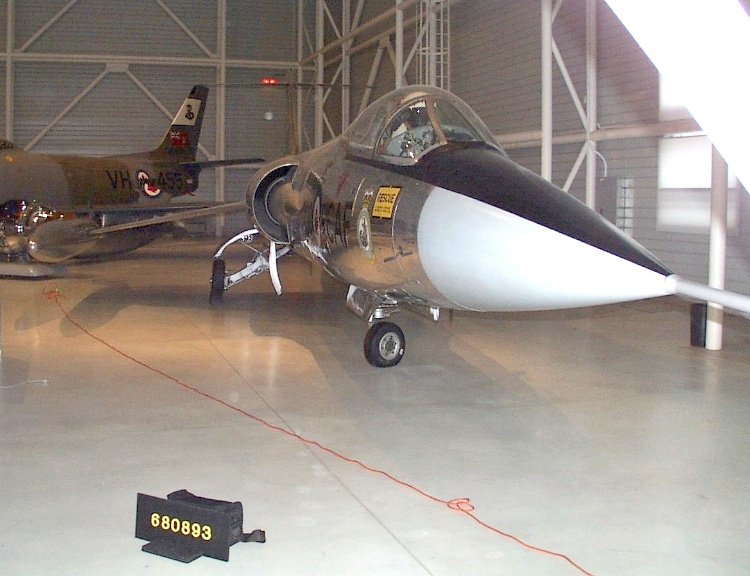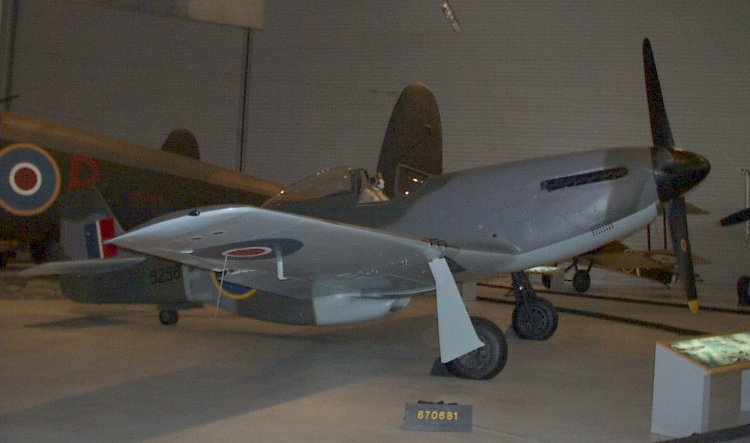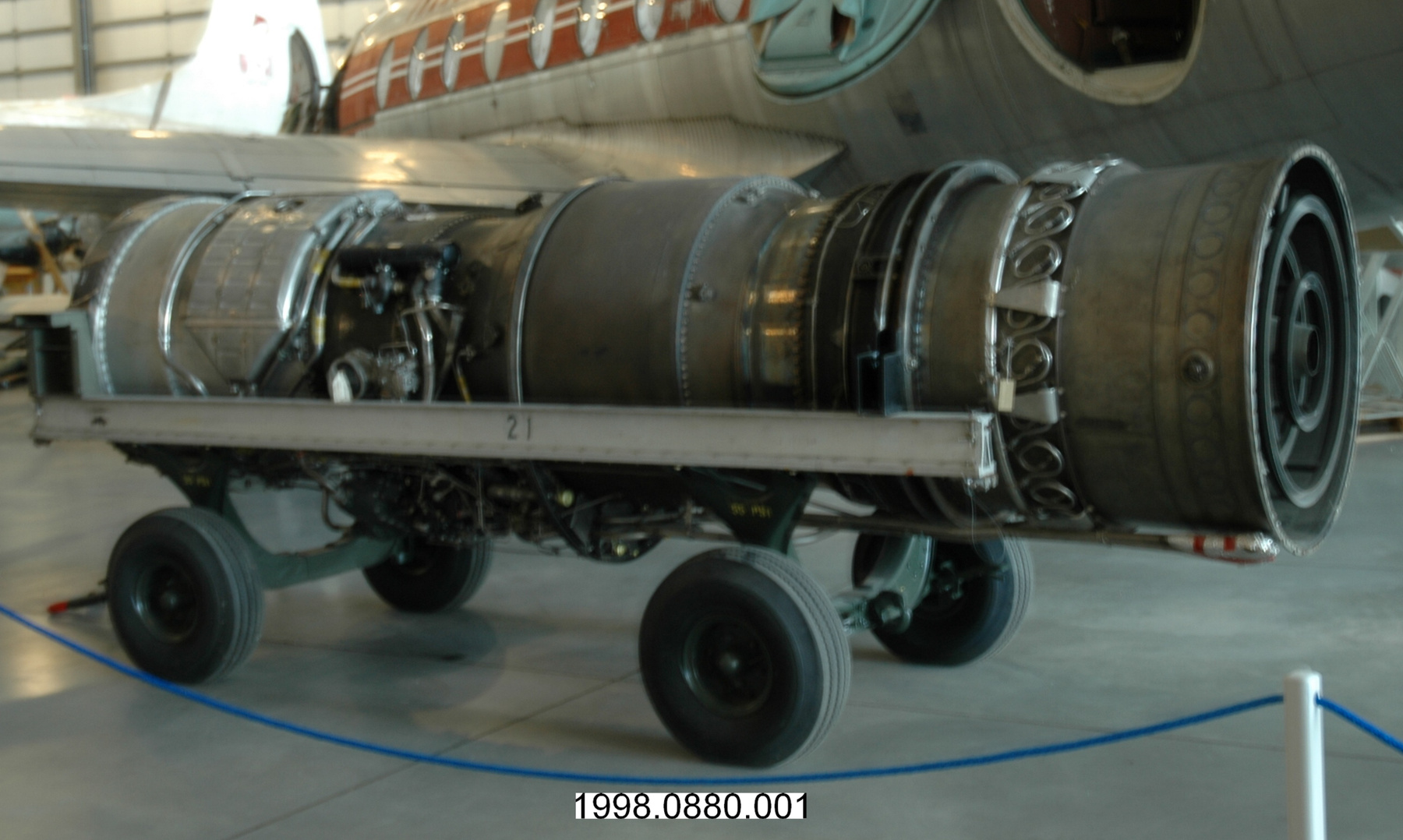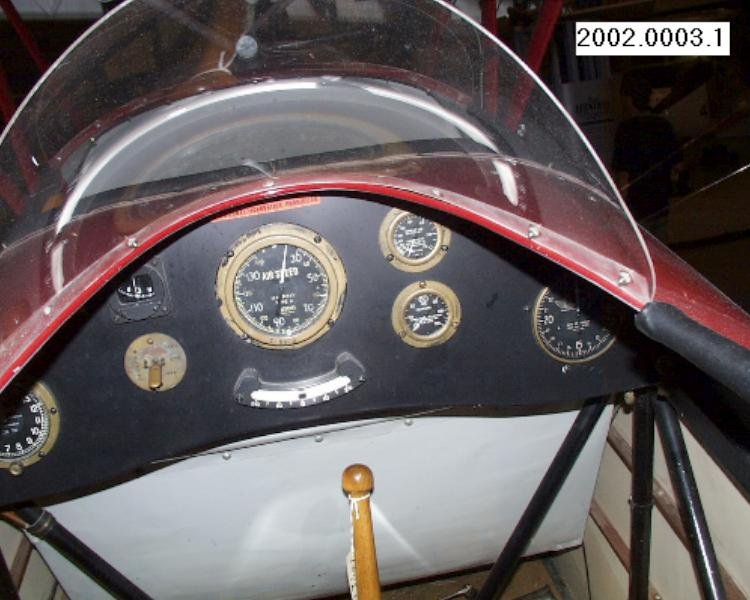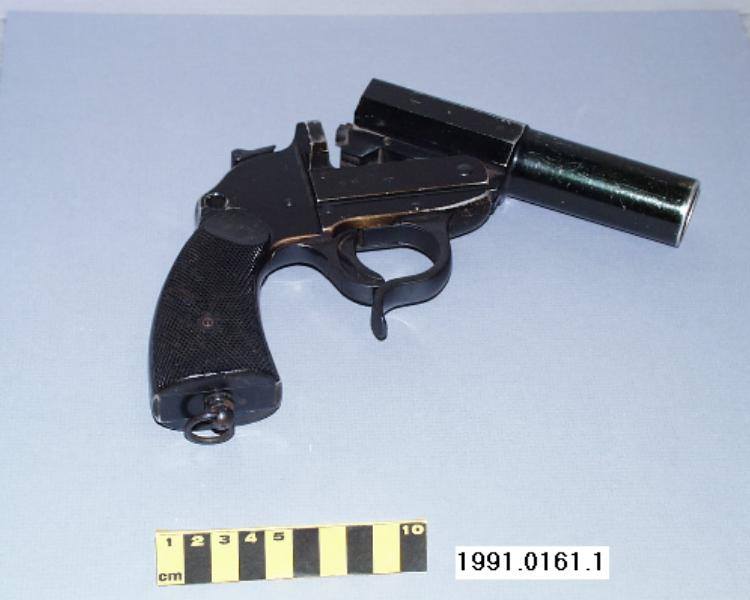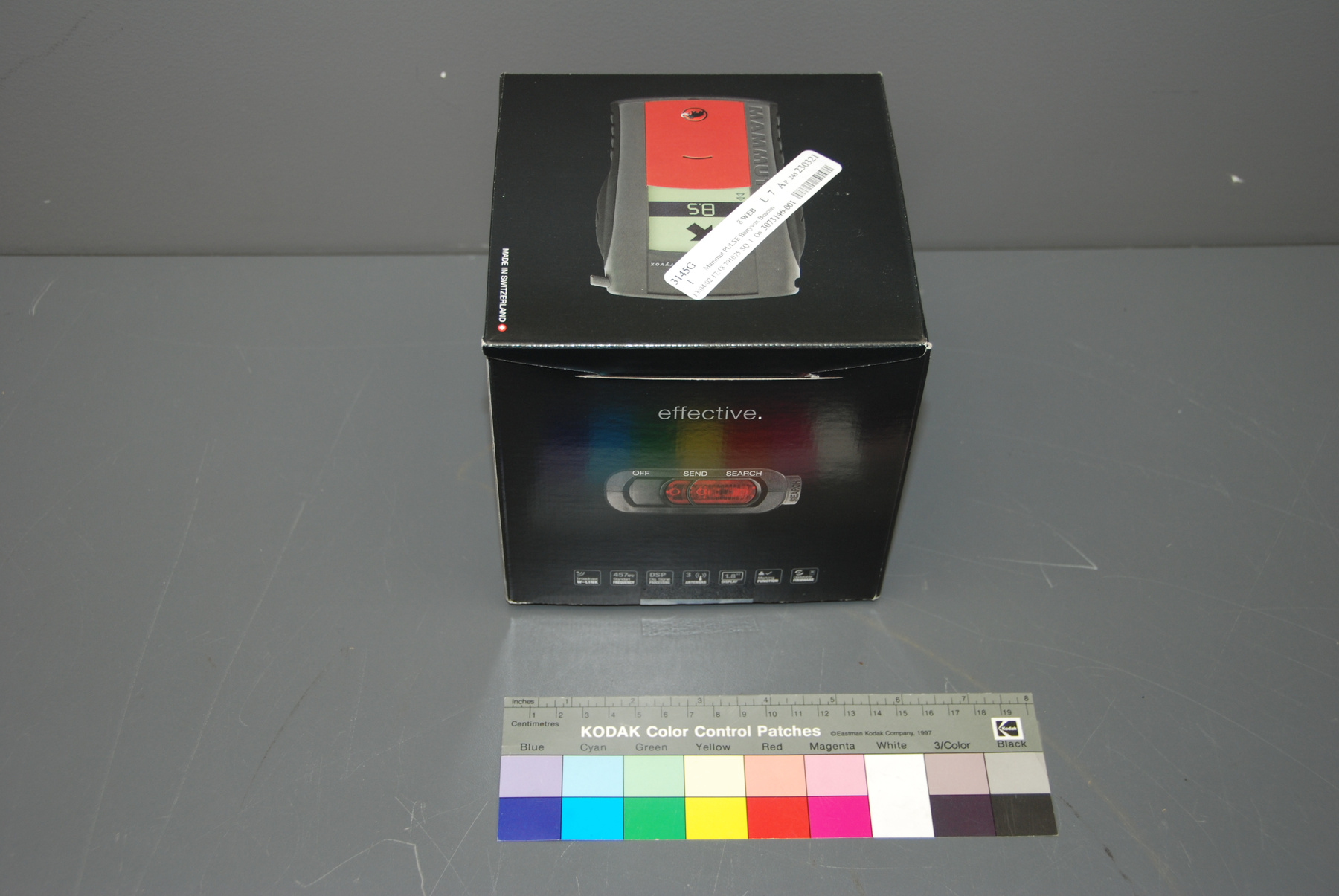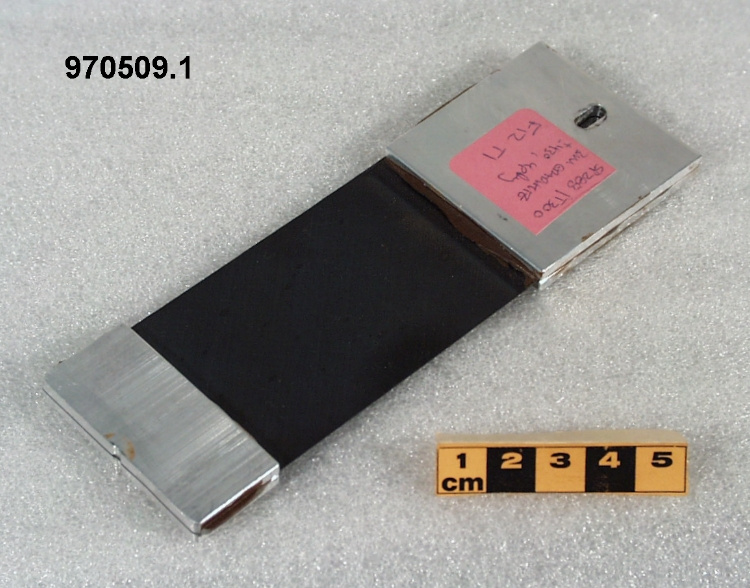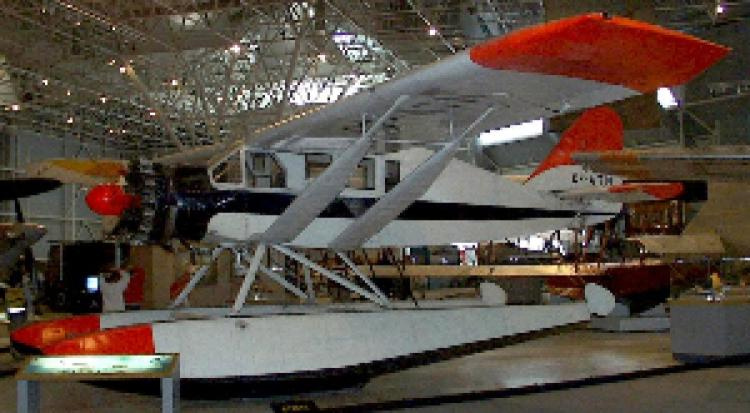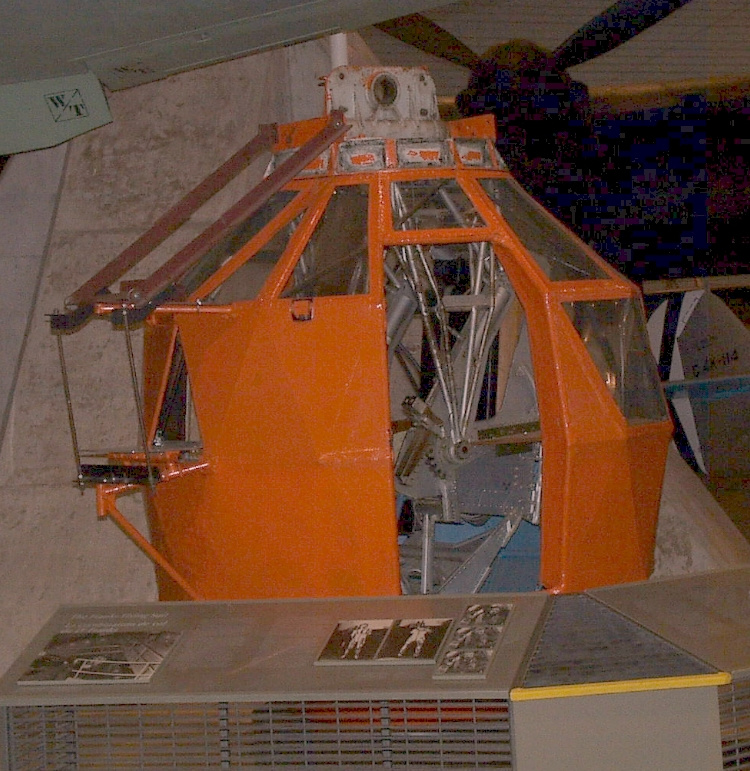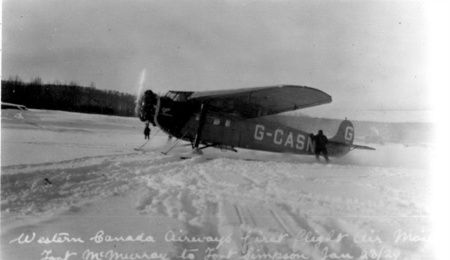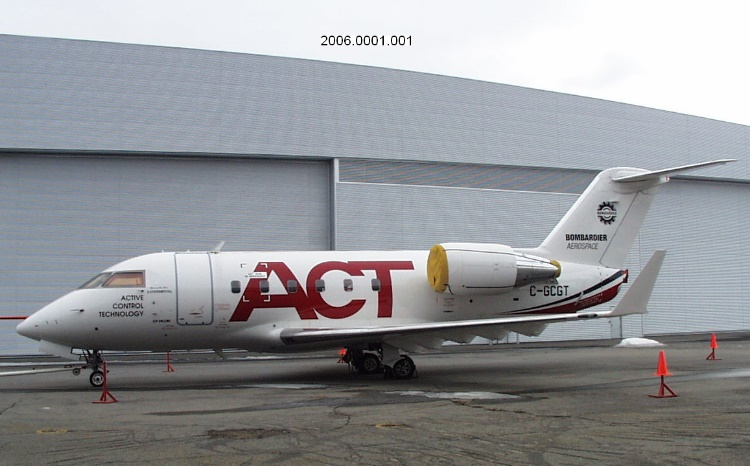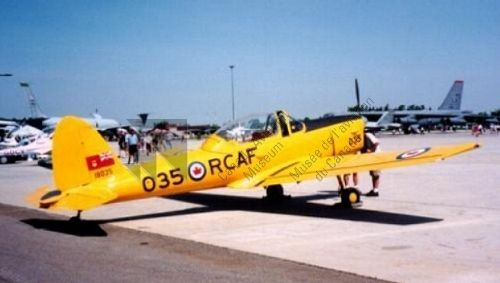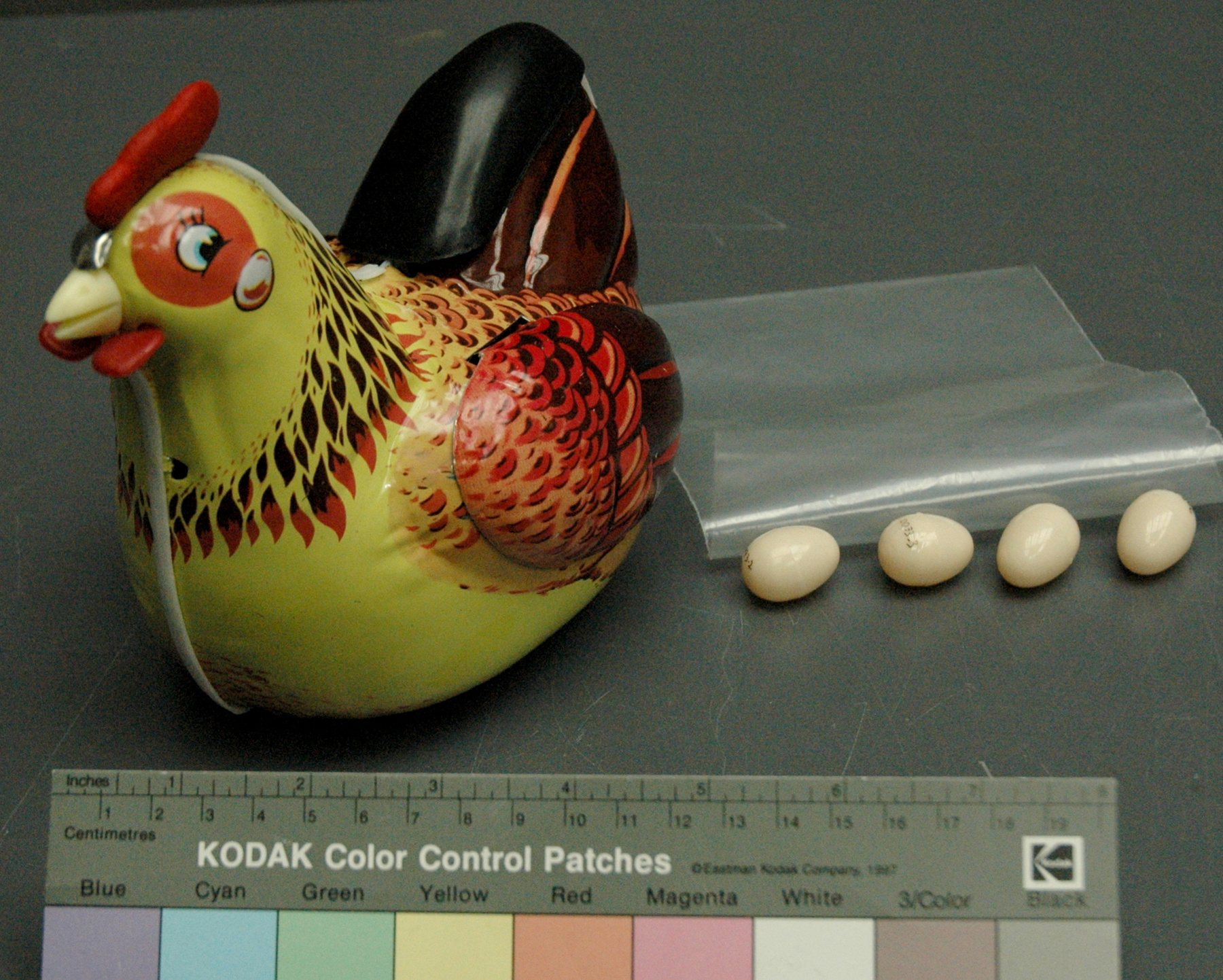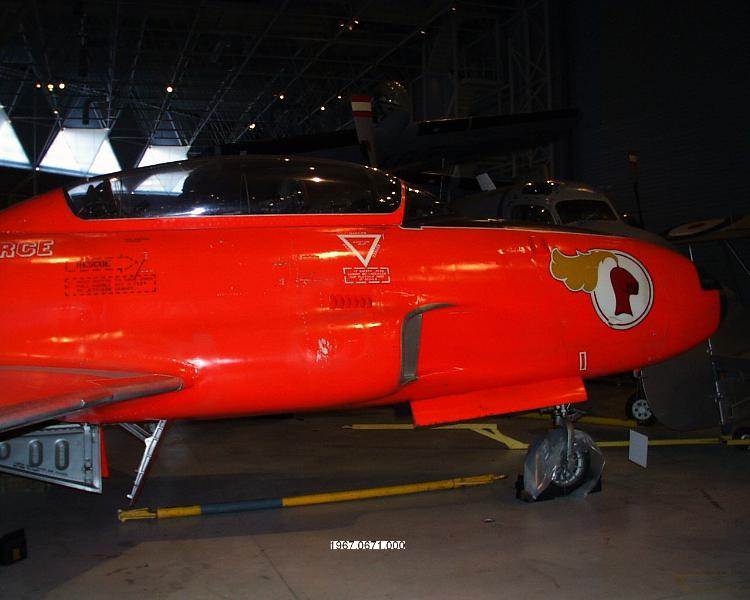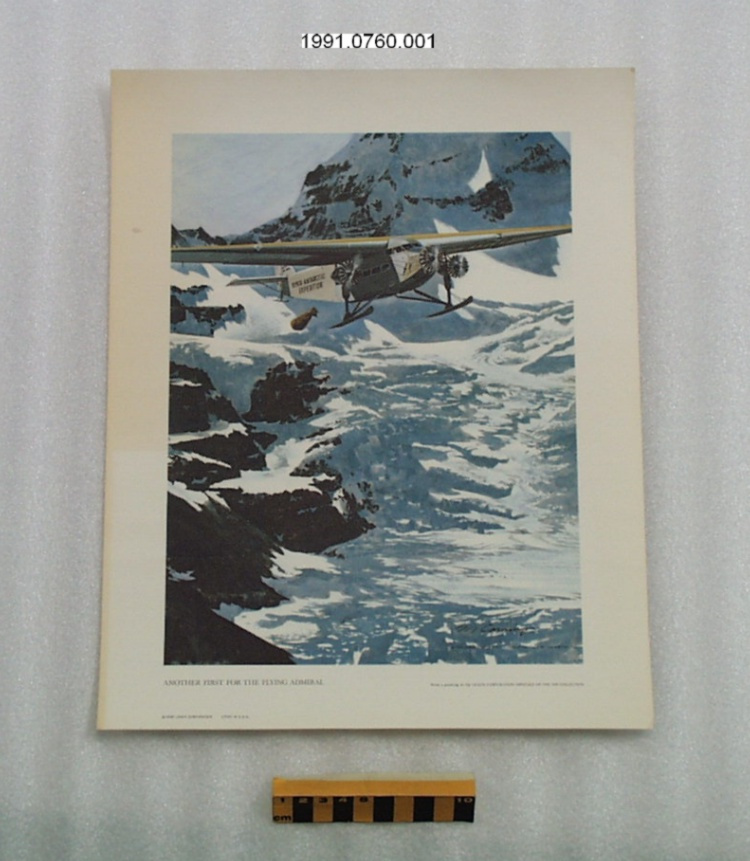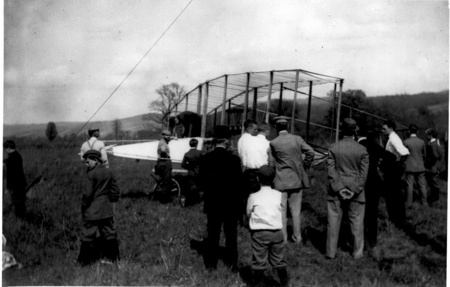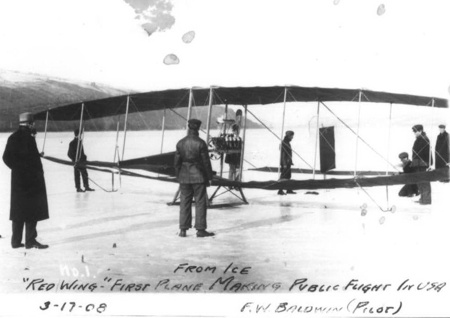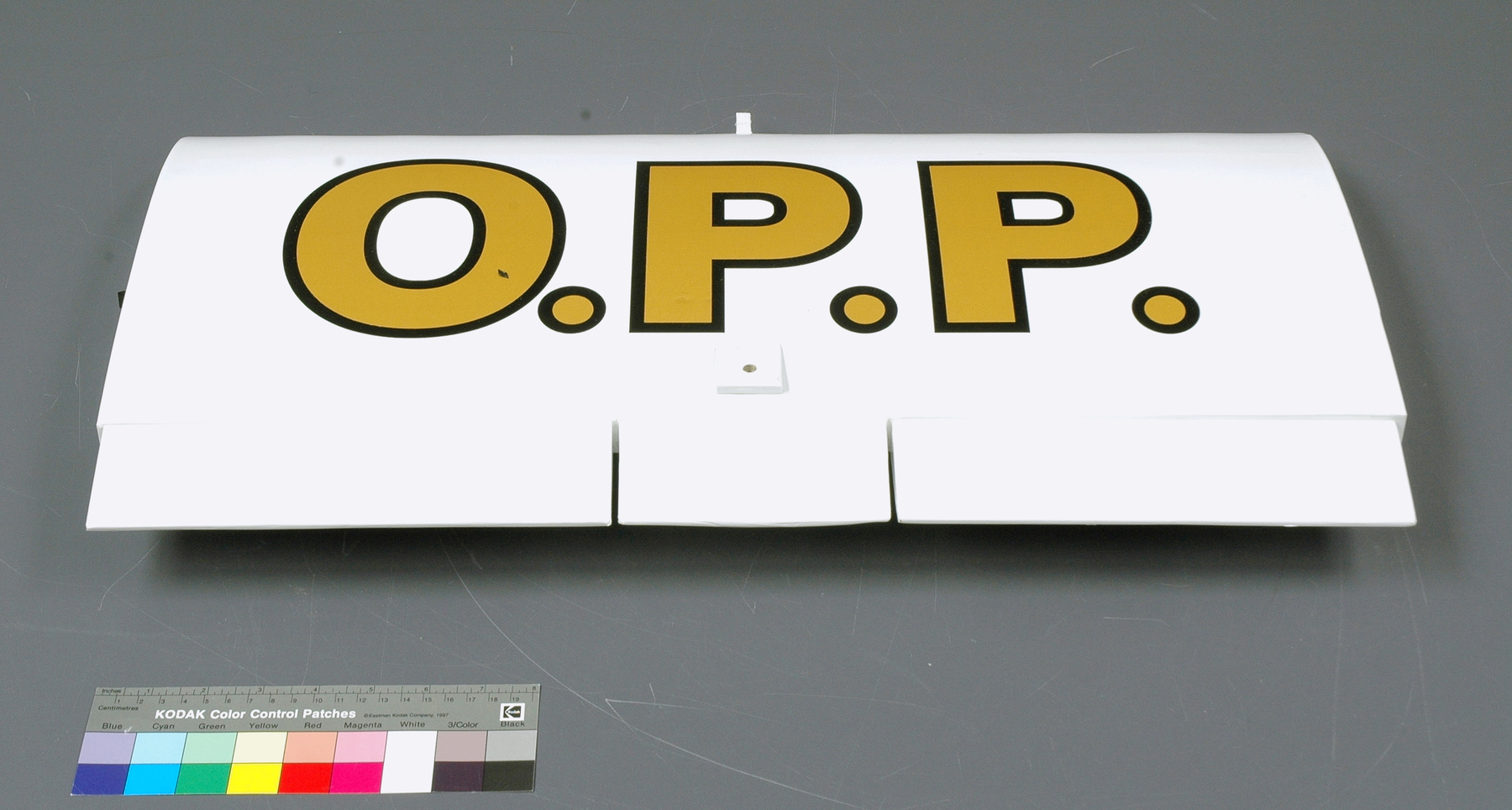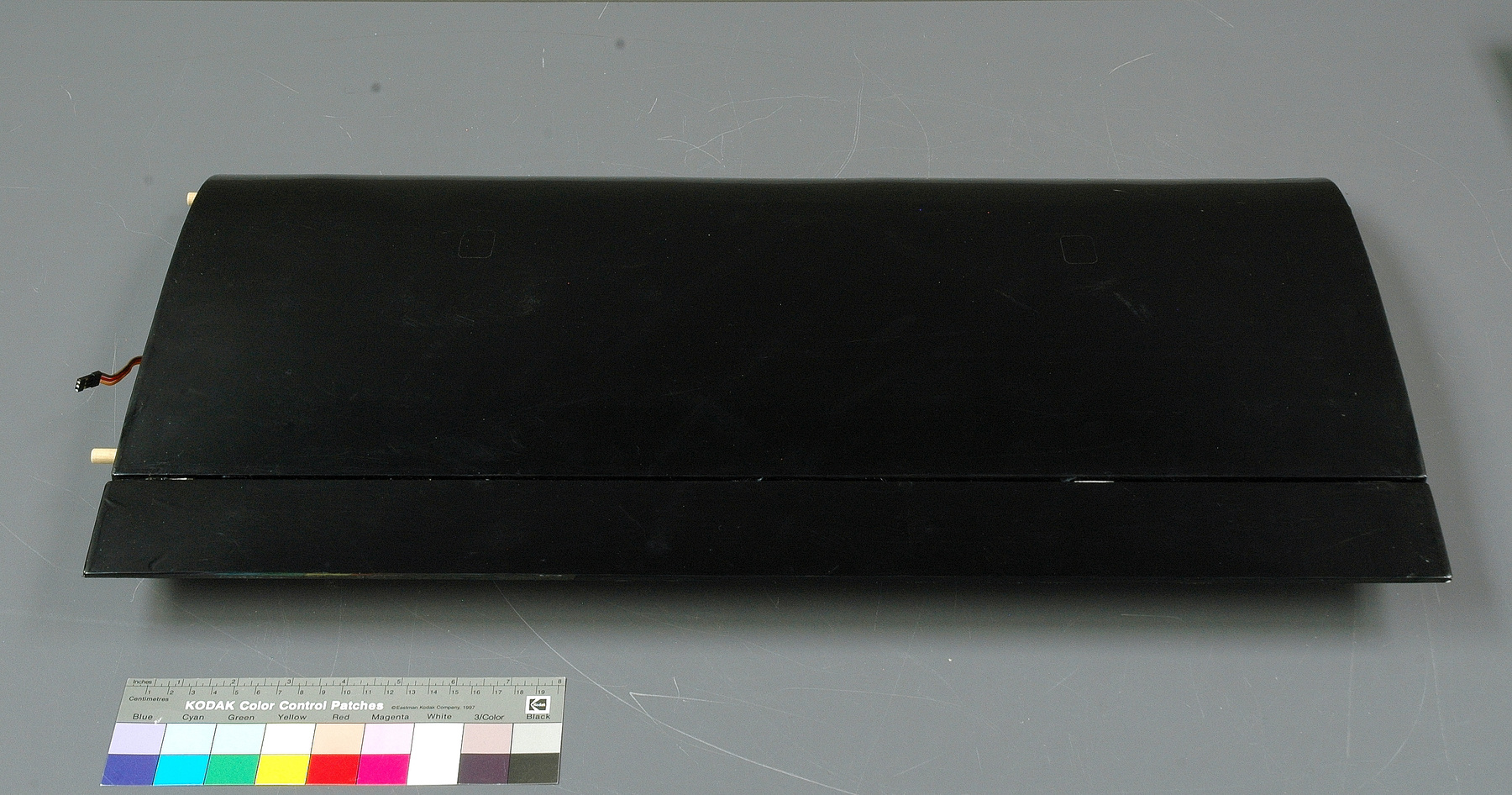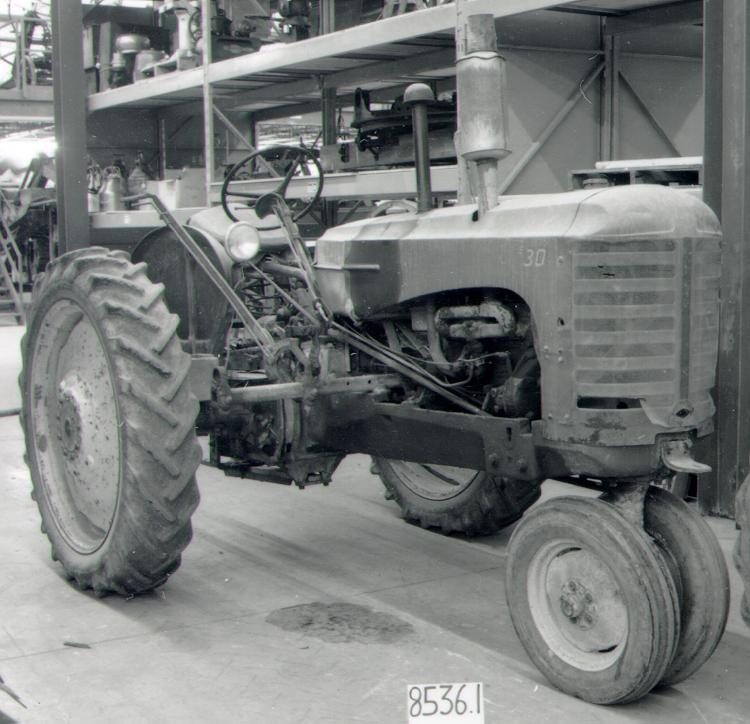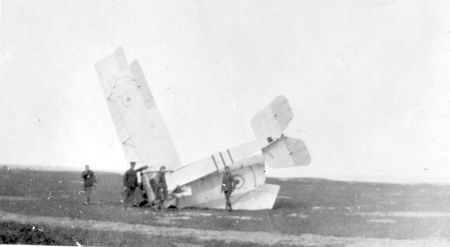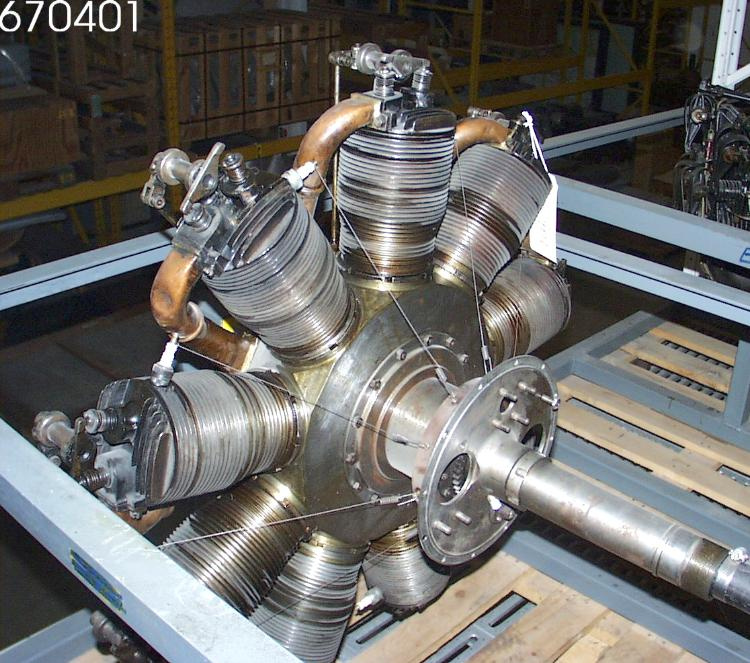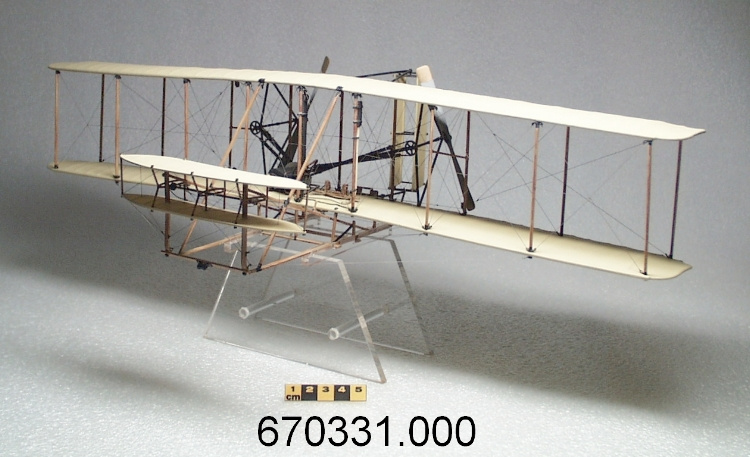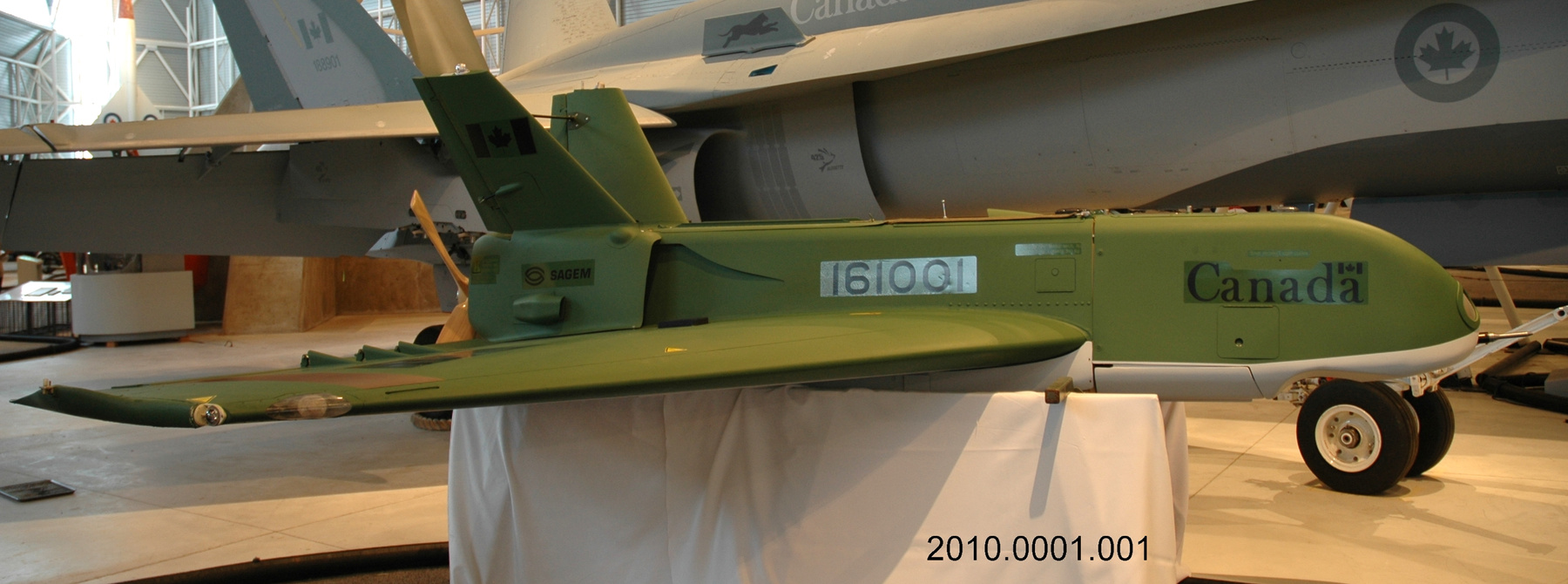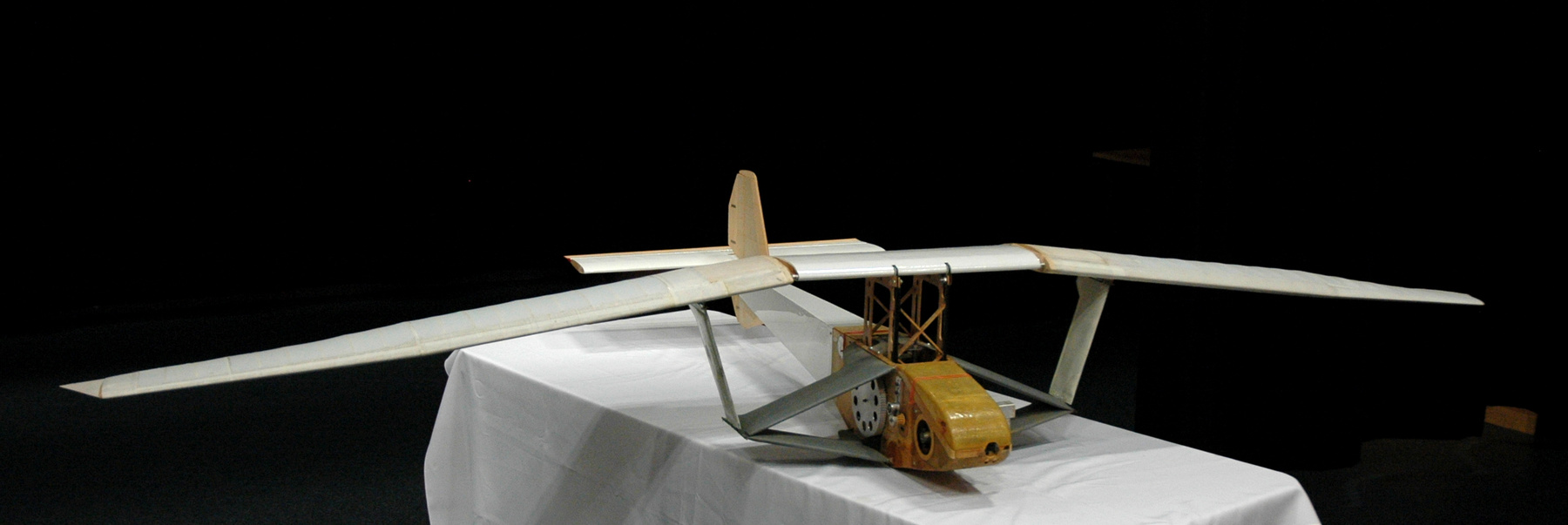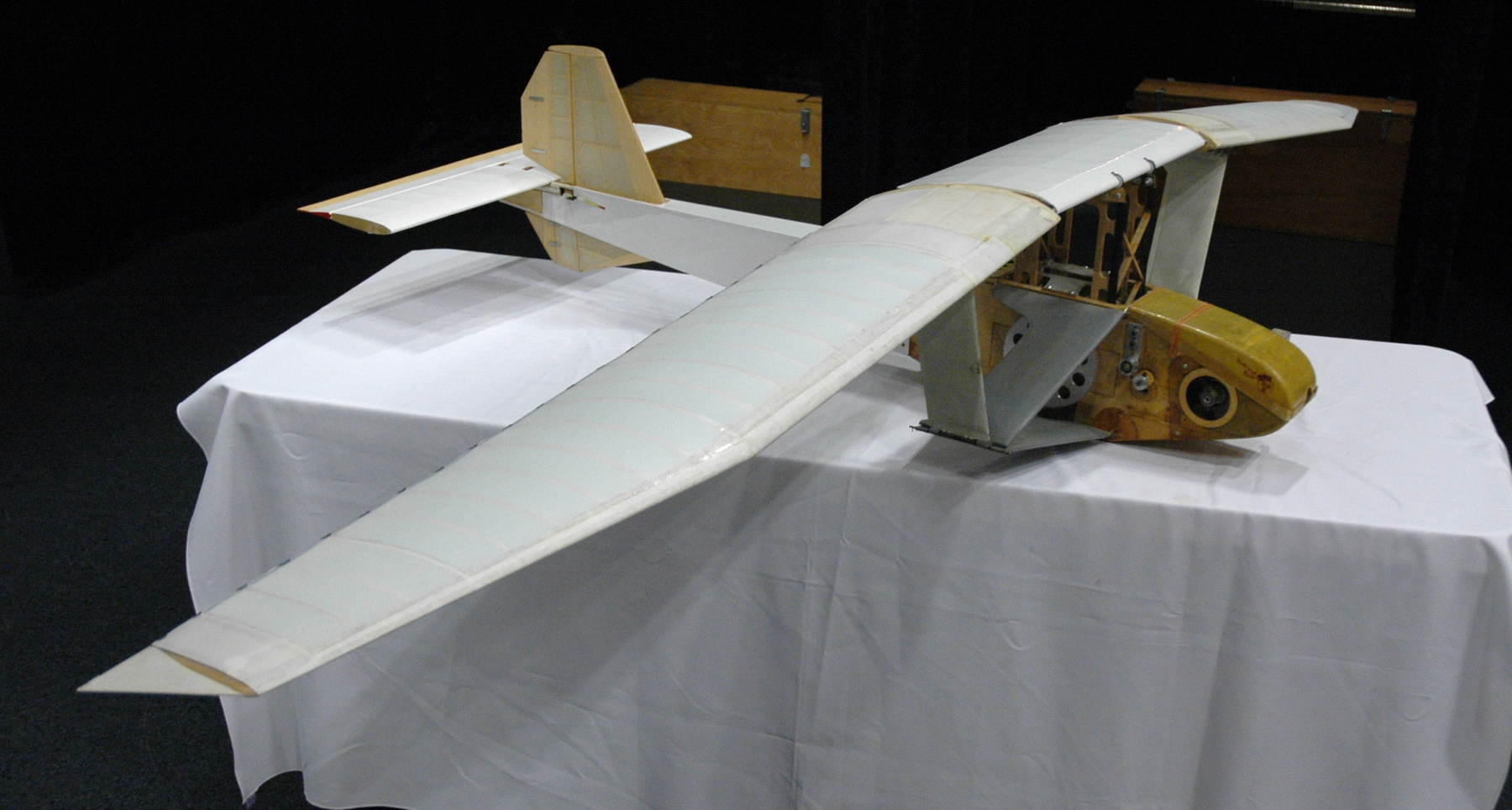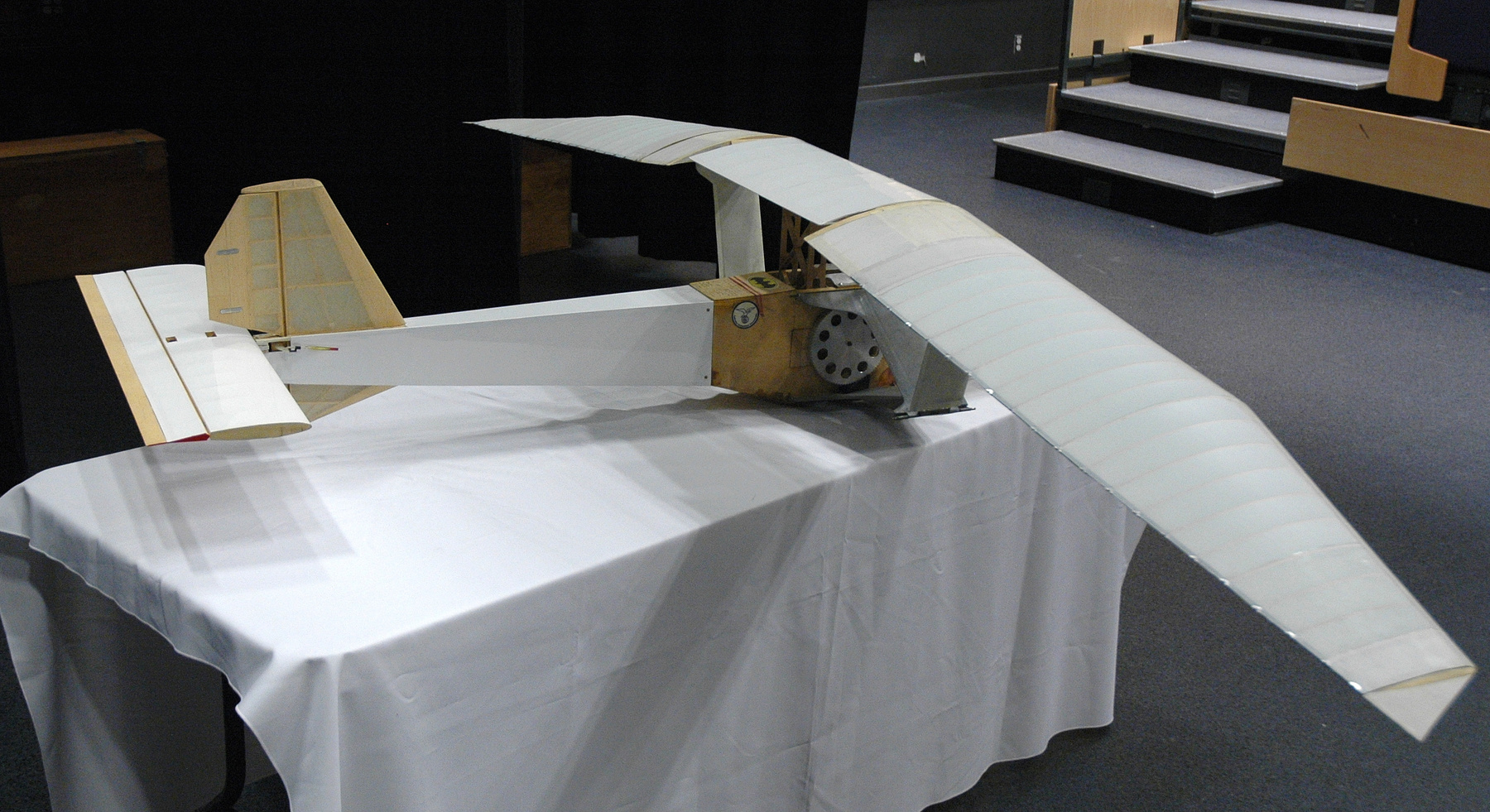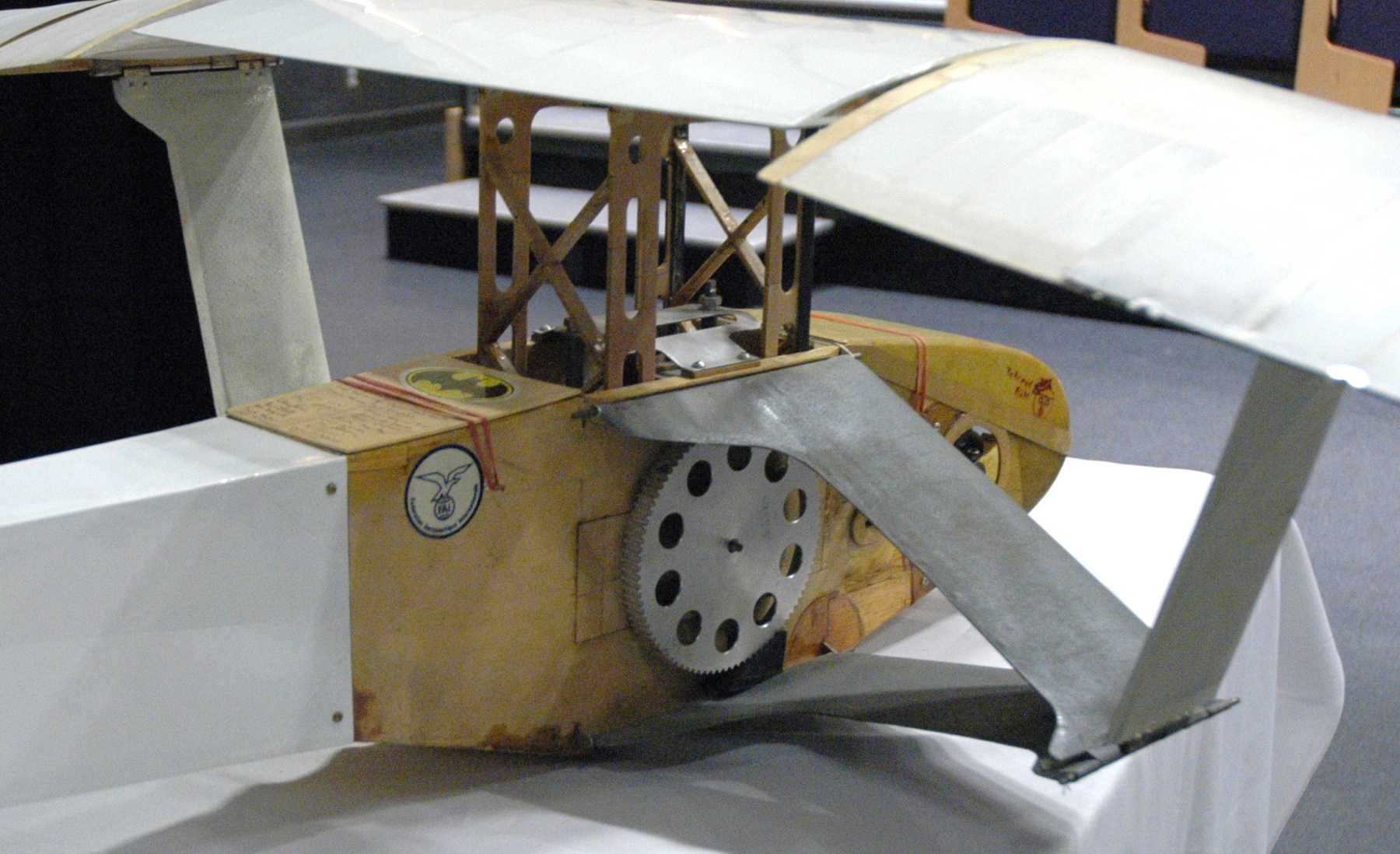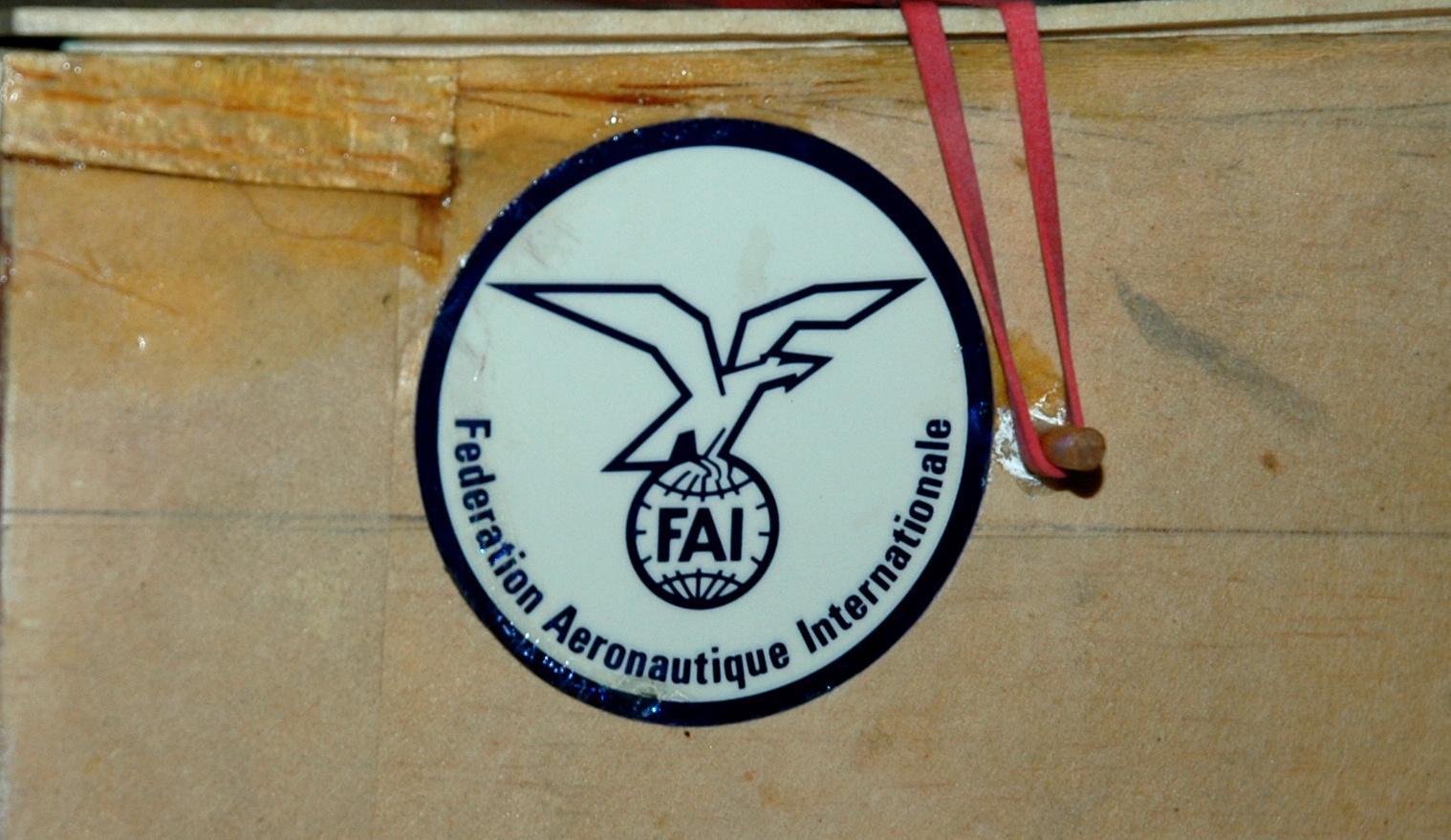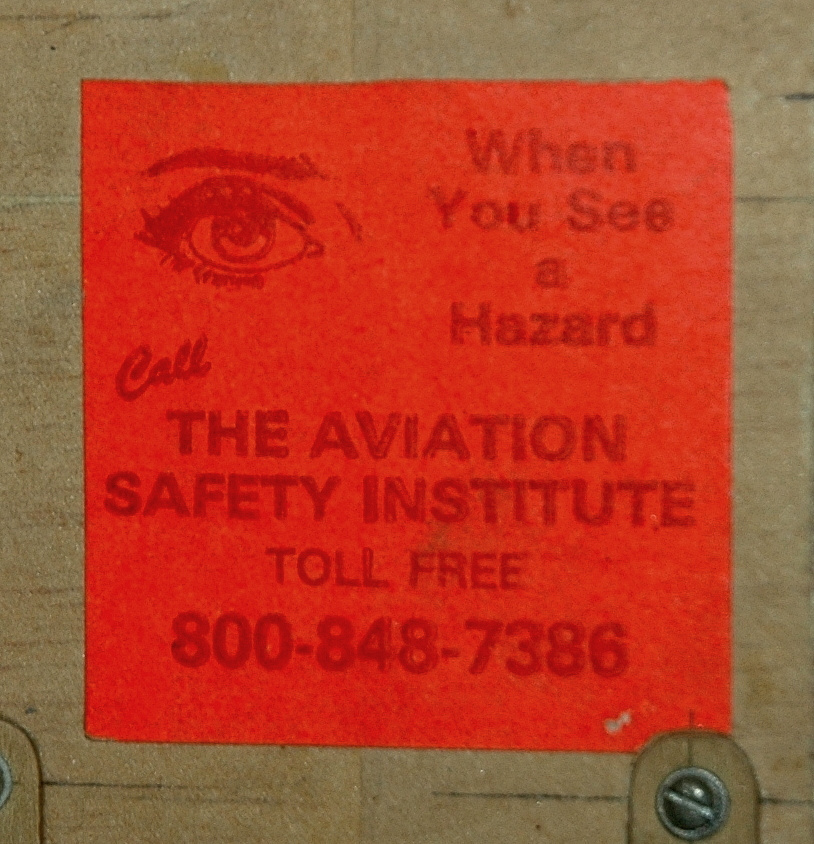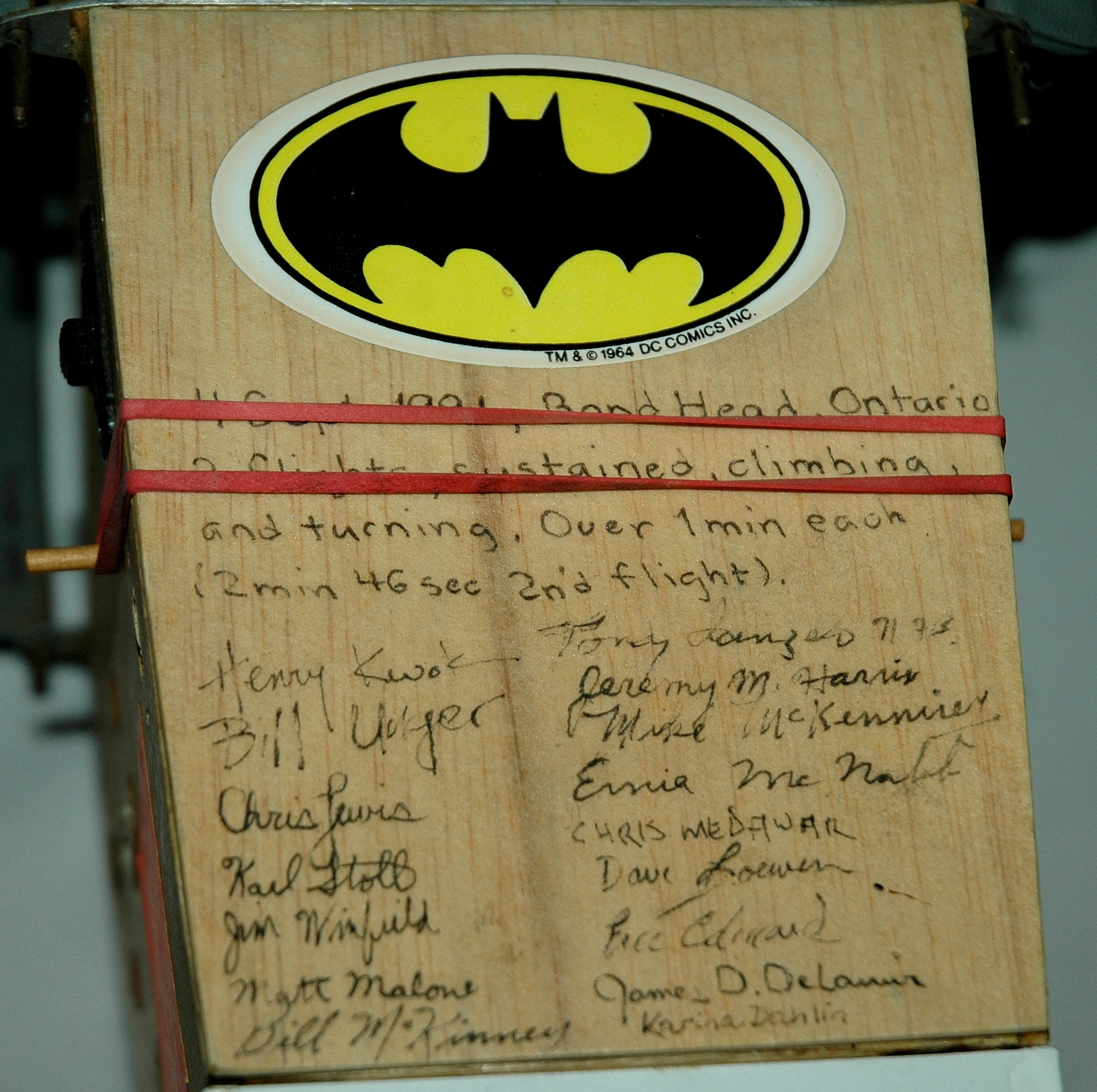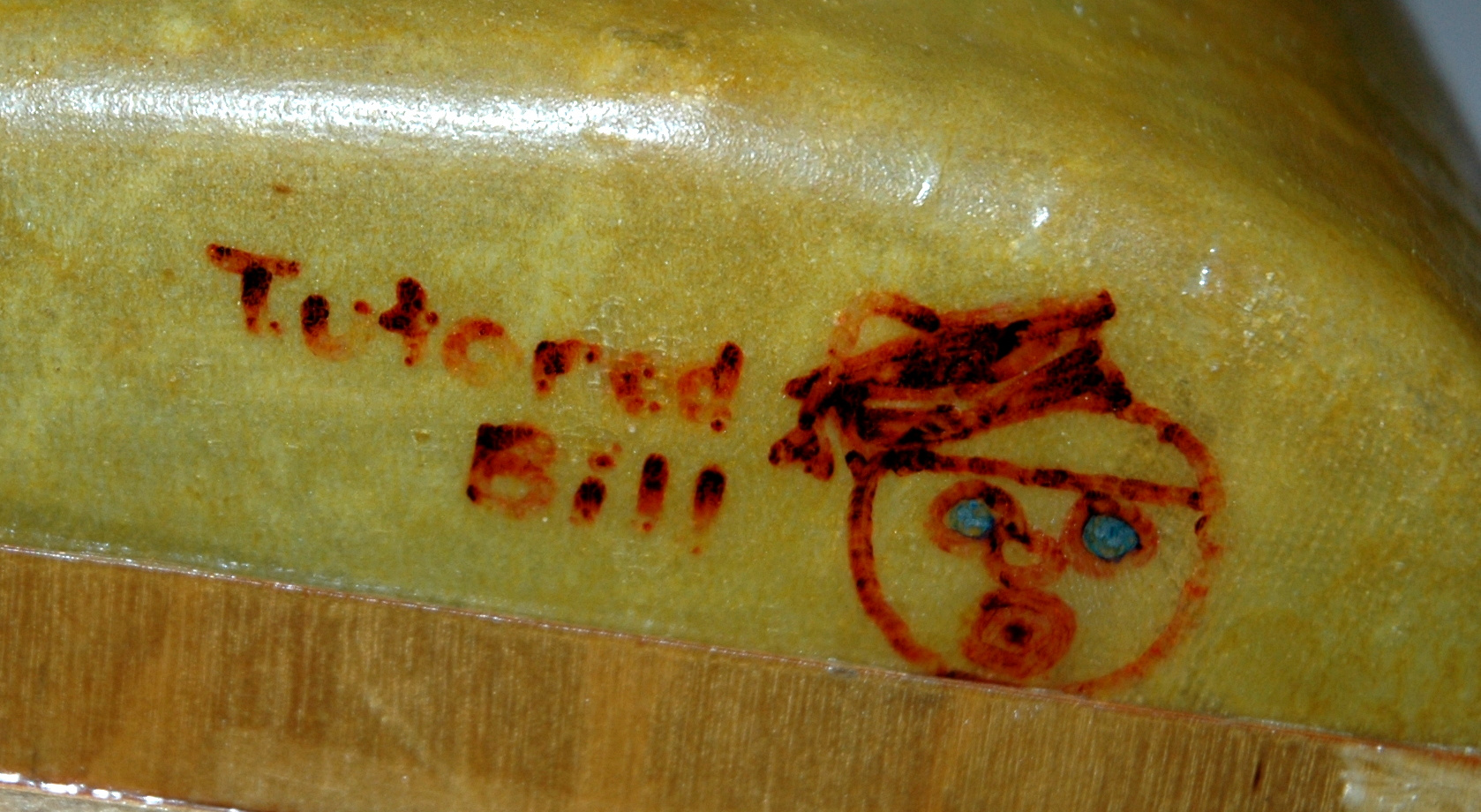Ornithopter
Use this image
Can I reuse this image without permission? Yes
Object images on the Ingenium Collection’s portal have the following Creative Commons license:
Copyright Ingenium / CC BY-NC-ND (Attribution-NonCommercial 4.0 International (CC BY-NC 4.0)
ATTRIBUTE THIS IMAGE
Ingenium,
2012.0090.001
Permalink:
Ingenium is releasing this image under the Creative Commons licensing framework, and encourages downloading and reuse for non-commercial purposes. Please acknowledge Ingenium and cite the artifact number.
DOWNLOAD IMAGEPURCHASE THIS IMAGE
This image is free for non-commercial use.
For commercial use, please consult our Reproduction Fees and contact us to purchase the image.
- OBJECT TYPE
- unmanned/engine driven
- DATE
- 1973–1991
- ARTIFACT NUMBER
- 2012.0090.001
- MANUFACTURER
- Unknown
- MODEL
- Harris/DeLaurier ornithopter
- LOCATION
- Vaughan, Ontario, Canada
More Information
General Information
- Serial #
- N/A
- Part Number
- 1
- Total Parts
- 1
- AKA
- N/A
- Patents
- N/A
- General Description
- Balsa wood, carbon fibre, Kevlar, model airplane plastic film
Dimensions
Note: These reflect the general size for storage and are not necessarily representative of the object's true dimensions.
- Length
- 150.0 cm
- Width
- 300.0 cm
- Height
- 42.0 cm
- Thickness
- N/A
- Weight
- N/A
- Diameter
- N/A
- Volume
- N/A
Lexicon
- Group
- Aviation
- Category
- Aircraft
- Sub-Category
- N/A
Manufacturer
- AKA
- DeLaurier
- Country
- Canada
- State/Province
- Ontario
- City
- Vaughan
Context
- Country
- Canada
- State/Province
- Ontario
- Period
- 1973-1991
- Canada
-
Humans have flown in fixed wing, powered aircraft for over a hundred years, making it easy to forget that this was not always the method by which people thought flight would be achieved. Early imaginings of and attempts at, human flight often mimicked the self-powered, flapping winged flight of birds. The myth of Daedalus and Icarus, who flew with feathers attached to their arms, is commonly recounted in aviation history books, and lists of "tower jumpers" and unsuccessful human-powered contraptions with bird or insect like wings are also often included. Though human-powered flapping winged flight has been rejected as a serious method of aerial transportation, there is still a community of people devoted to achieving flight with self-powered flapping wings. While early achievements in human powered aviation happened outside of Canada, many successes in flapping winged flight - including the first human powered ornithopter - were developed at, or by people associated with, the University of Toronto Institute for Aerospace Studies (UTIAS). Three ground breaking ornithopters have been produced at UTIAS. Two of these aircraft have been offered to the Canada Aviation and Space Museum. Flapping wing research at UTIAS stems from the work of American research engineer Jeremy Harris and UTIAS professor James DeLaurier, who started working together on ornithopters in 1973. According to Harris, they were "interested in basic, personal research in low-speed (subsonic) aerodynamics and flight vehicles. Natural or flapping winged flight was one of the very few areas still open to fundamental investigation and engineering analysis." Harris and DeLaurier's ultimate goal was to produce the first engine powered, piloted ornithopter. At that time, the other ornithopter research had only produced small models powered by rubber bands and larger aircraft capable of powered glides. The first step towards their goal was building a quarter scale, remotely piloted, proof of concept ornithopter. This aircraft, the DeLaurier/Harris ornithopter, was offered to the Museum. The DeLaurier/Harris ornithopter is significant for a number of reasons. It is the world's first remotely operated engine powered ornithopter. Though it was only a step towards DeLaurier and Harris' ultimate goal, success with this aircraft was neither easily nor quickly achieved. The difficulties involved in developing the UAV ornithopter earned it the official nickname Mr. Bill after the Saturday Night Live Play-Doh character that "always got flattened or beaten up in some fashion." Harris writes that "the ornithopter's efforts to stay aloft had an aura of self-torture that suited the Mr. Bill image." Because of the amount of time the project was taking, DeLaurier involved his students in the project. Even with outside help, it was only on December 4, 1991, after almost twenty years of research and testing, that the ornithopter flew successfully for the first time. The time and effort Harris and DeLaurier put into this aircraft illustrate the power that flapping winged flight has had - and continues to have - for many people. The cultural significance of DeLaurier and Harris's success is illustrated by the way it resonated with the media and public. DeLaurier writes that there was "an amazing (and surprising) international media response. To a large measure I think that this familiarized the world to what an ornithopter is, as well as the work itself." The Media attention included, among other things, DeLaurier and Harris receiving Popular Mechanic's 1993 award for Design and Engineering; Mr. Bill's listing in Popular Science's "Best of What's New" in 1992; and footage of the September 4th flights in the IMAX film Momentum. DeLaurier argues that Mr. Bill also inspired people. Among the many notes of appreciation and congratulation DeLaurier received were a recording of a reggae song about the ornithopter and letters from the students of a teacher who had started an ornithopter day in his Nova Scotia school. - Function
-
Remotely controlled experimental aircraft that flies with flapping wings under engine power. - Technical
-
Beyond being technologically significant because it was the first remotely piloted, engine driven ornithopter, Mr. Bill is relevant because of its wings, which were the first efficient enough for large flapping winged aircraft. Mr. Bill's wings demonstrate both theoretical and practical technological advances. These advances have been the basis for all flapping wing research at UTIAS. The theory behind ornithopter wings is much more complicated than that of the wings on a conventional aircraft. Ornithopter wings, like those of birds, must provide both thrust and lift, where as the wings of conventional airplanes just provide lift. Studying birds' movement only help so much in designing ornithopter wings as, according to DeLaurier, "there [are] just too many motions happening at once." Instead, the wing he and Harris designed provides both lift and thrust through a combination of flapping and twisting. The flapping motion comes from the wings' axis, while the twisting is created through aerolasticity. The amount of twist had to be carefully calculated, as the wring amount of twist creates drag. The practical technological advance comes from building a wing that could twist and flap the way Harris and DeLaurier theorized. They started with a basic wing structure that Harris had already designed. Instead of using the traditional two stiff panels of airplane wings, they hinged two outer panels onto one central panel. This structure limited lift variations during flapping and balanced the aircraft's mass, among other benefits. So that the panels would remain rigid while at the same time twisting, they disconnected the upper surface from the bottom surface with a slit in the back of the wings. This patented innovation is called Shear Flex. This aircraft primarily represents significant research advances in aeronautics but does not have practical applications. However the technological developments achieved in this aircraft may have practical applications in the future. Researchers are exploring uses for small ornithopters, and Mr. Bill demonstrated a new type of wing that could be put into these aircraft. There are also many applications for replacing aircraft ailerons with Shear Flex technology. - Area Notes
-
Unknown
Details
- Markings
- On nose, written in marker: "Tutored Bill"/ On proper left side, sticker: "When/ You See/ a/ Hazard/ Call/ THE AVIATION/ SAFETY INSTITUTE/ TOLL FREE/ 800-848-7386"/ On proper right side, sticker: "[LOGO] FAI/ Federation Aeronautique Internationale"/ On top: [Batman logo]/ "4 Sept., 1991, Bond Head, Ontario/ 2 flights, sustained, climbing/ and turning. Over 1 min each/ (2 min 46 sec second flight)."/ Signature of team members below previous statement
- Missing
- Appear complete
- Finish
- White wings and rear section of fuselage; somewhat yellow nose section
- Decoration
- N/A
CITE THIS OBJECT
If you choose to share our information about this collection object, please cite:
Unknown Manufacturer, Ornithopter, circa 1973–1991, Artifact no. 2012.0090, Ingenium – Canada’s Museums of Science and Innovation, http://collection.ingeniumcanada.org/en/id/2012.0090.001/
FEEDBACK
Submit a question or comment about this artifact.
More Like This


